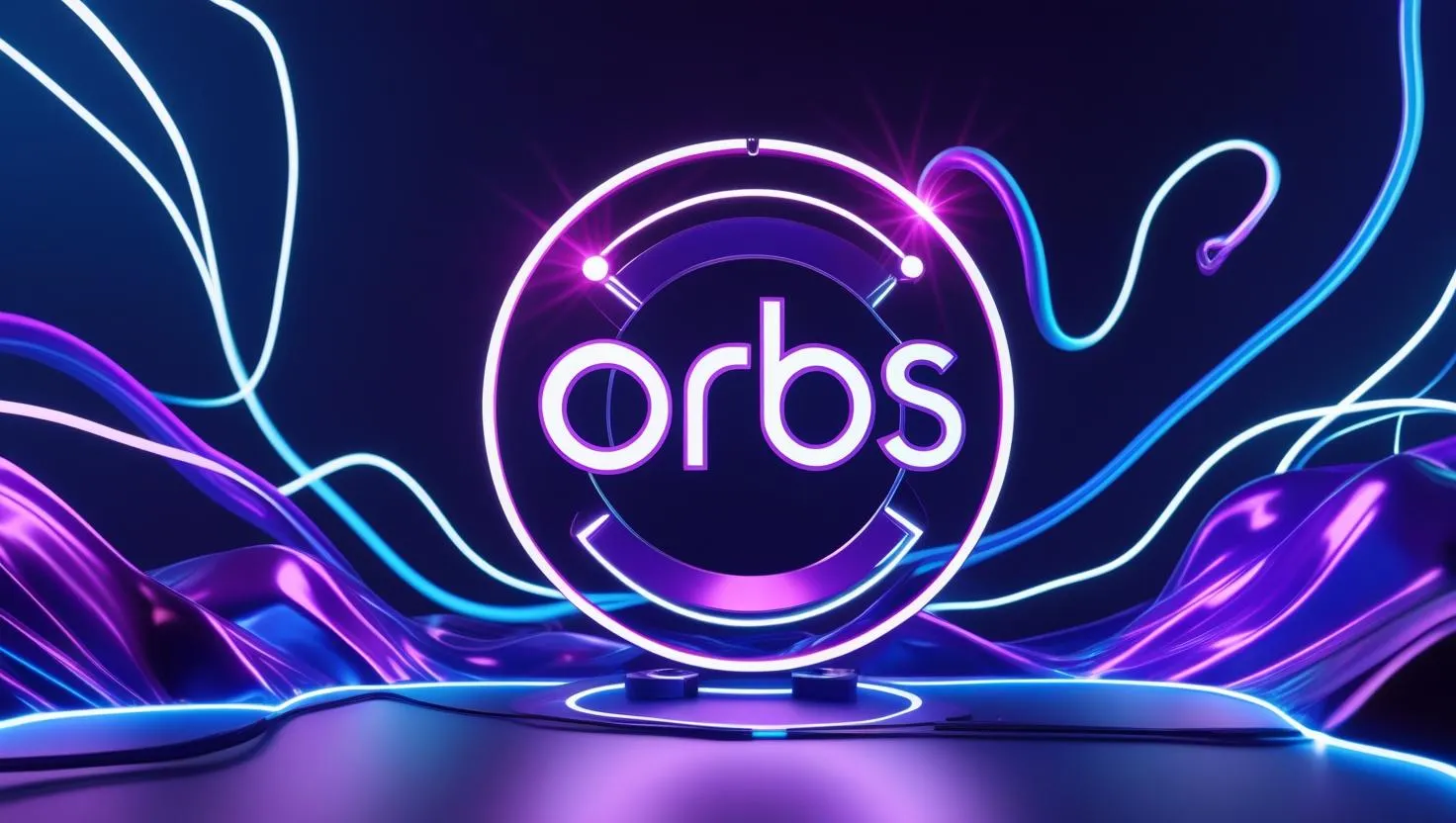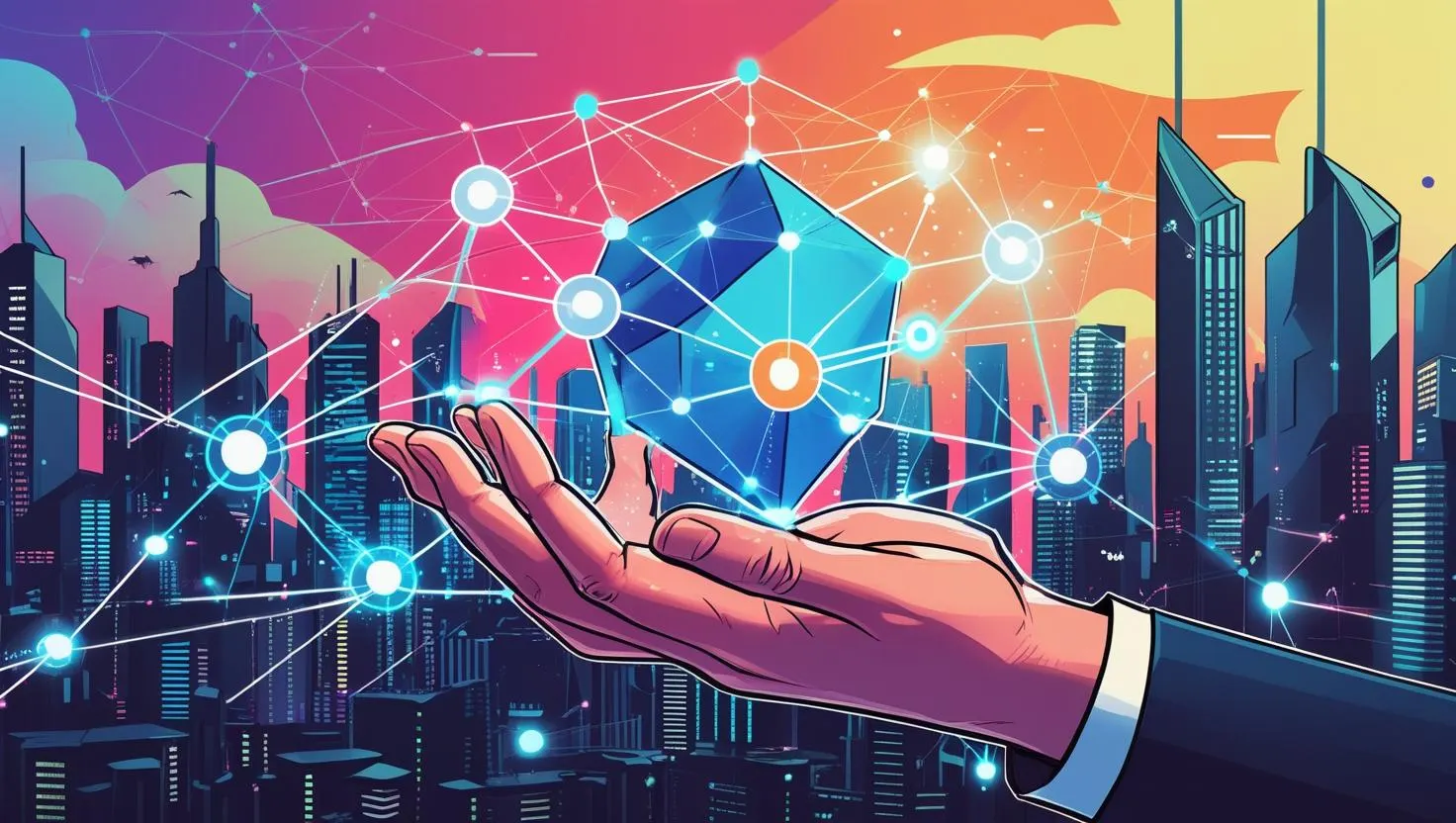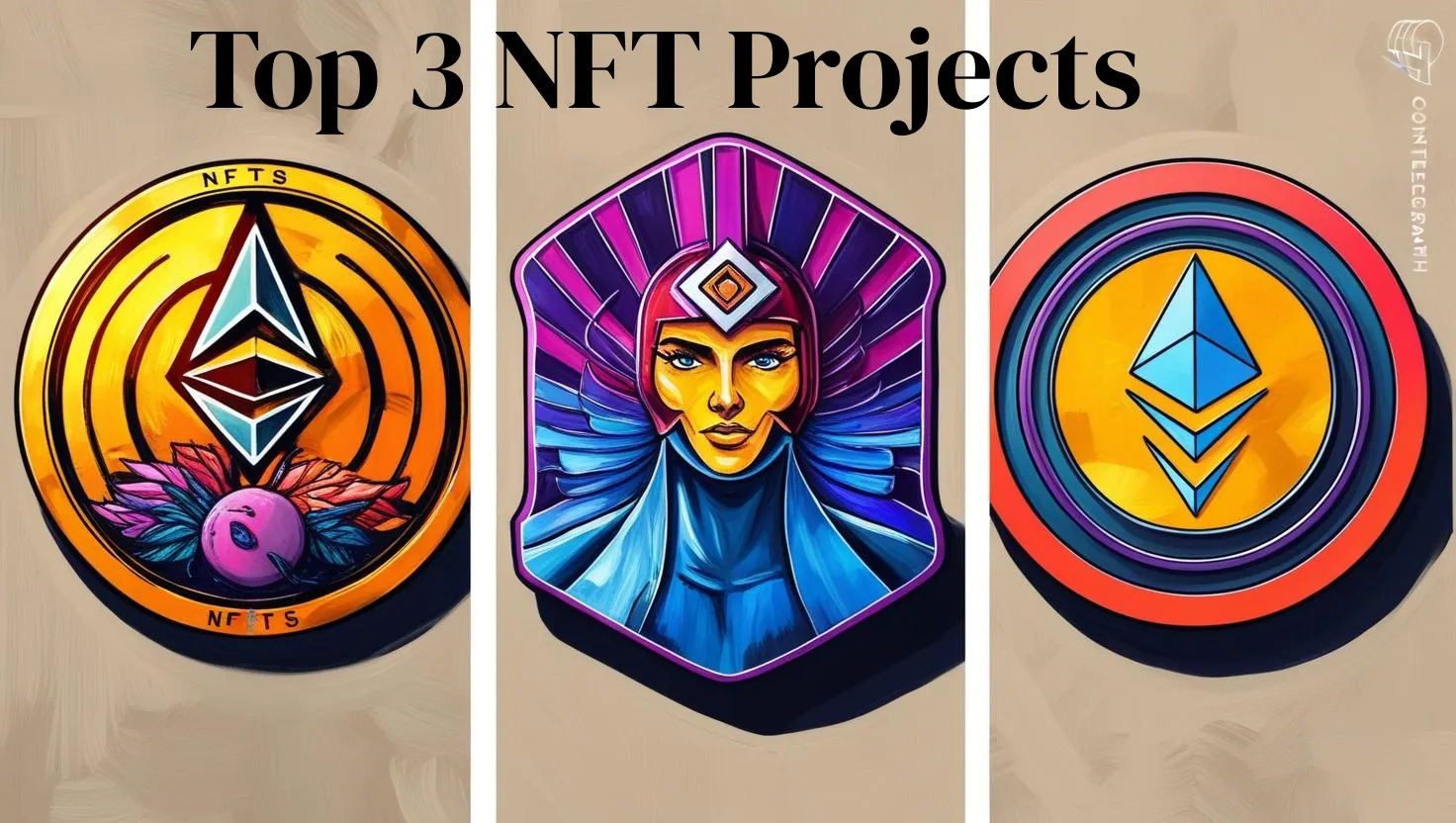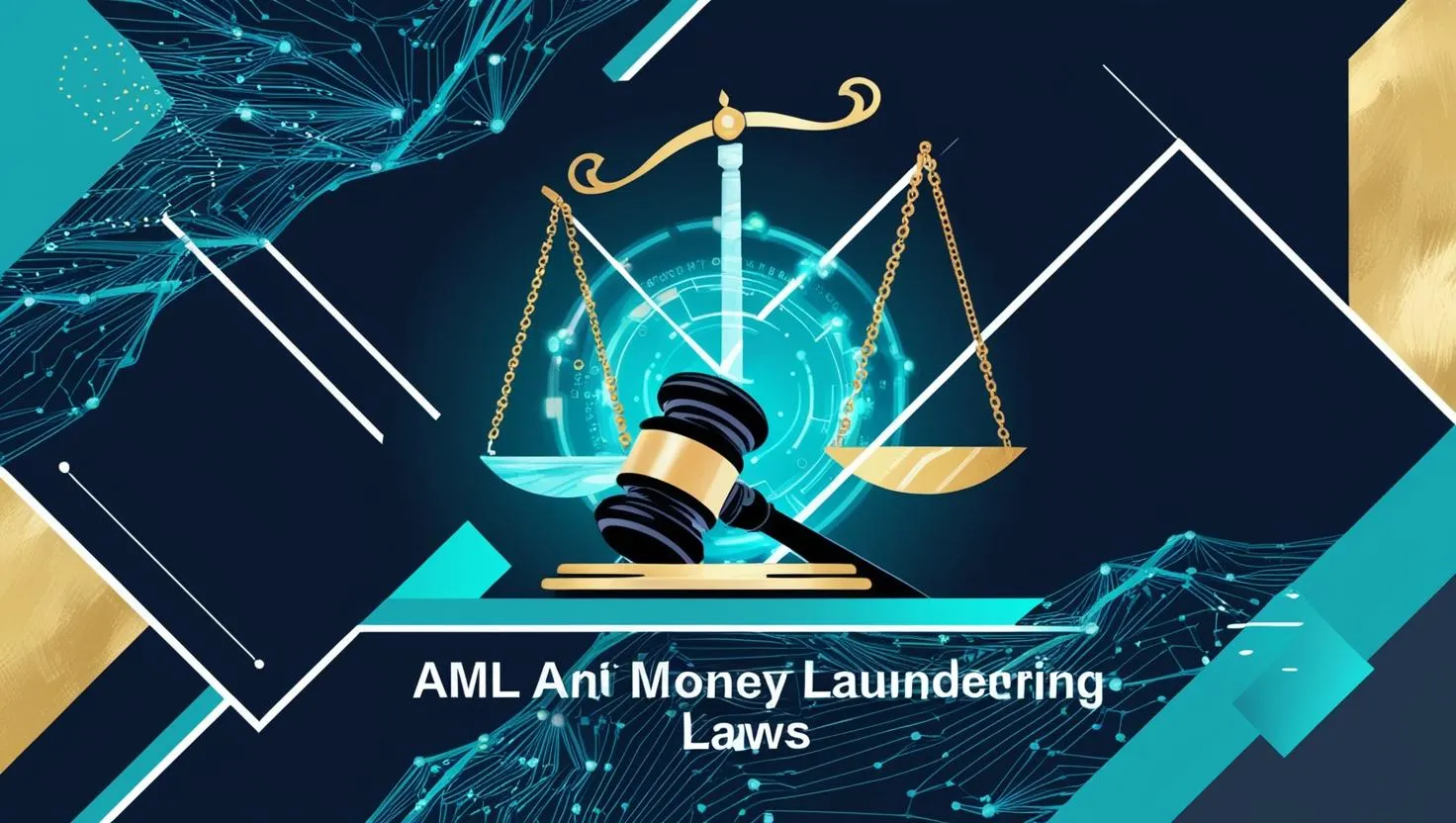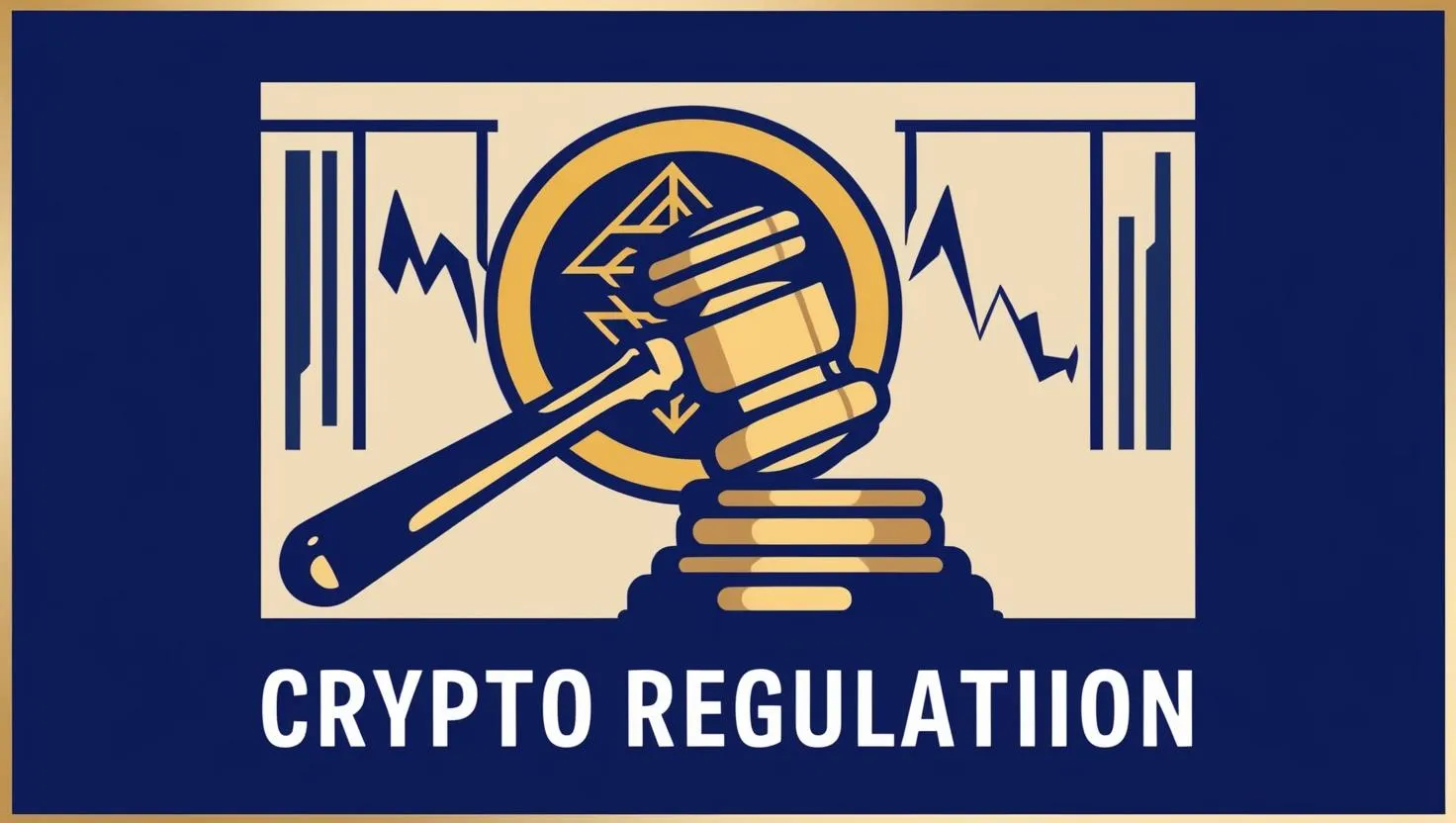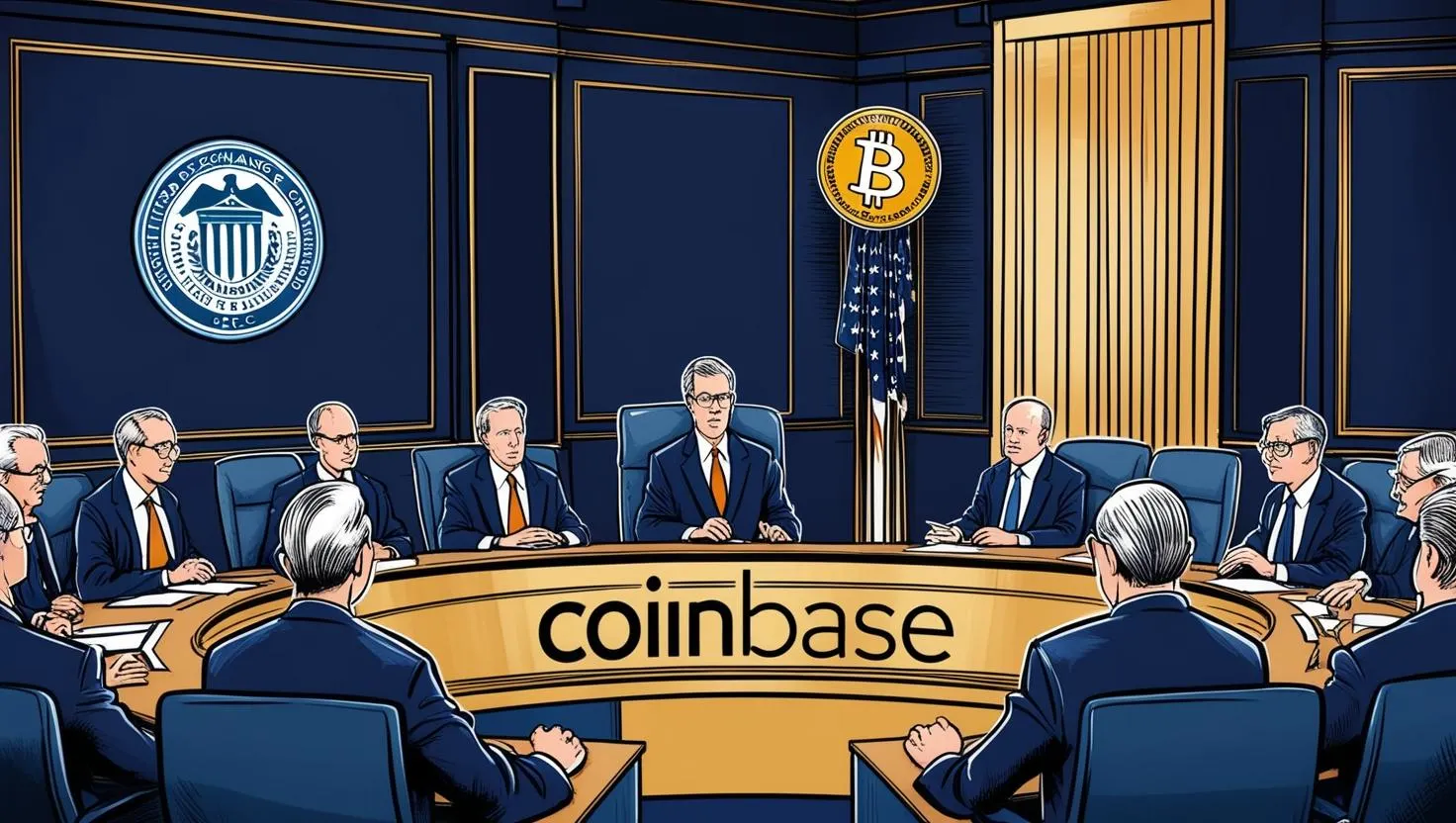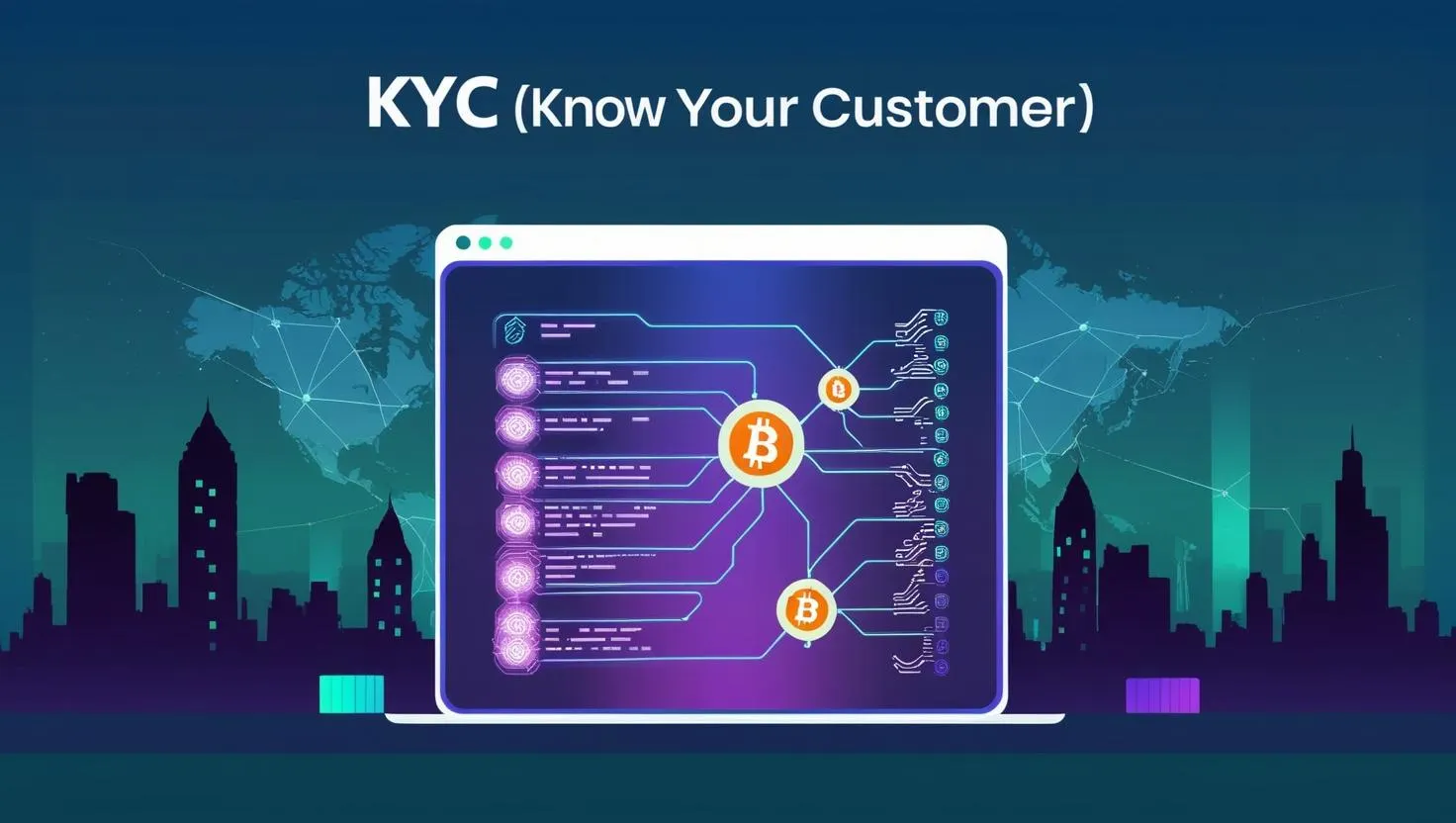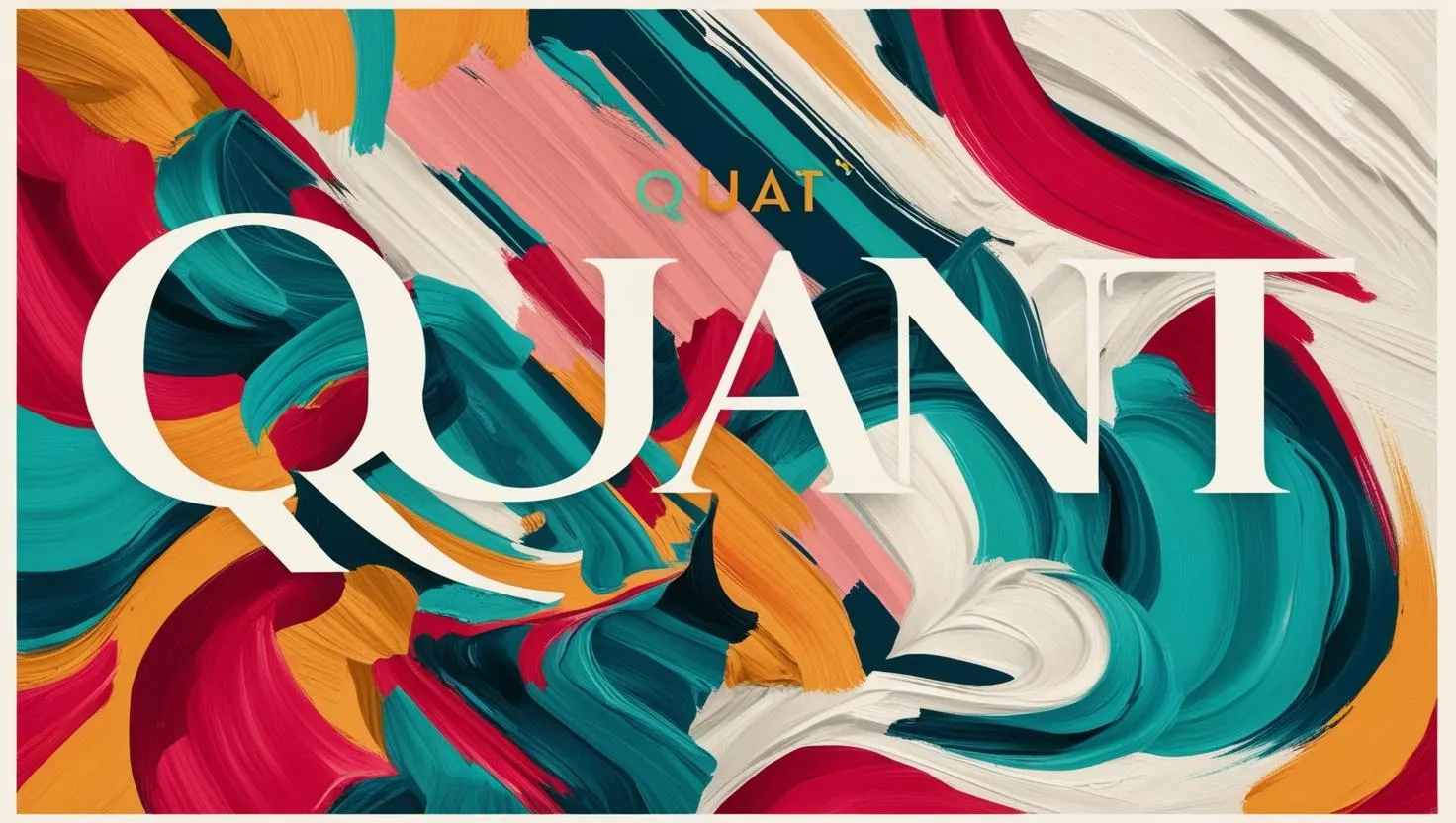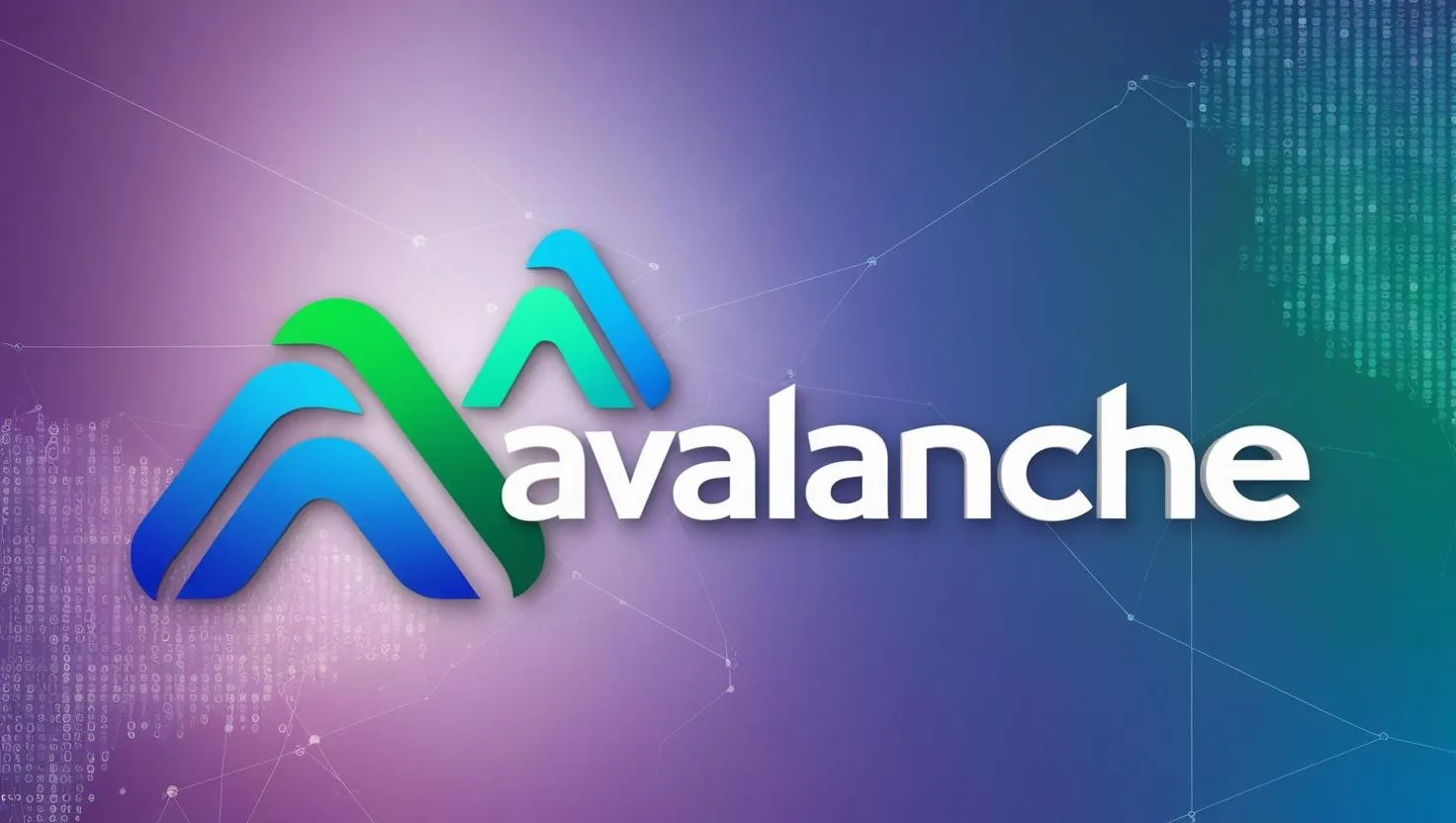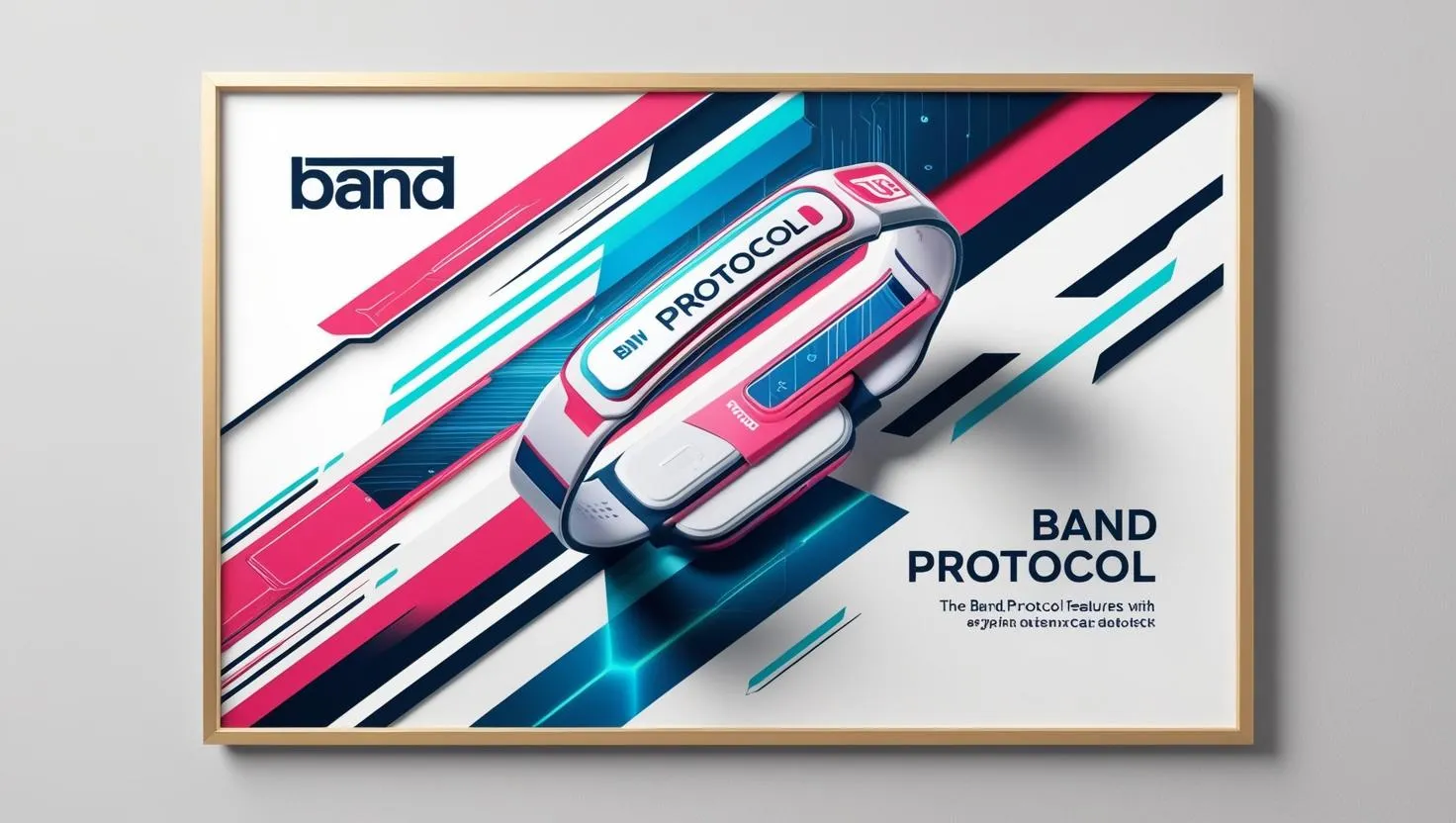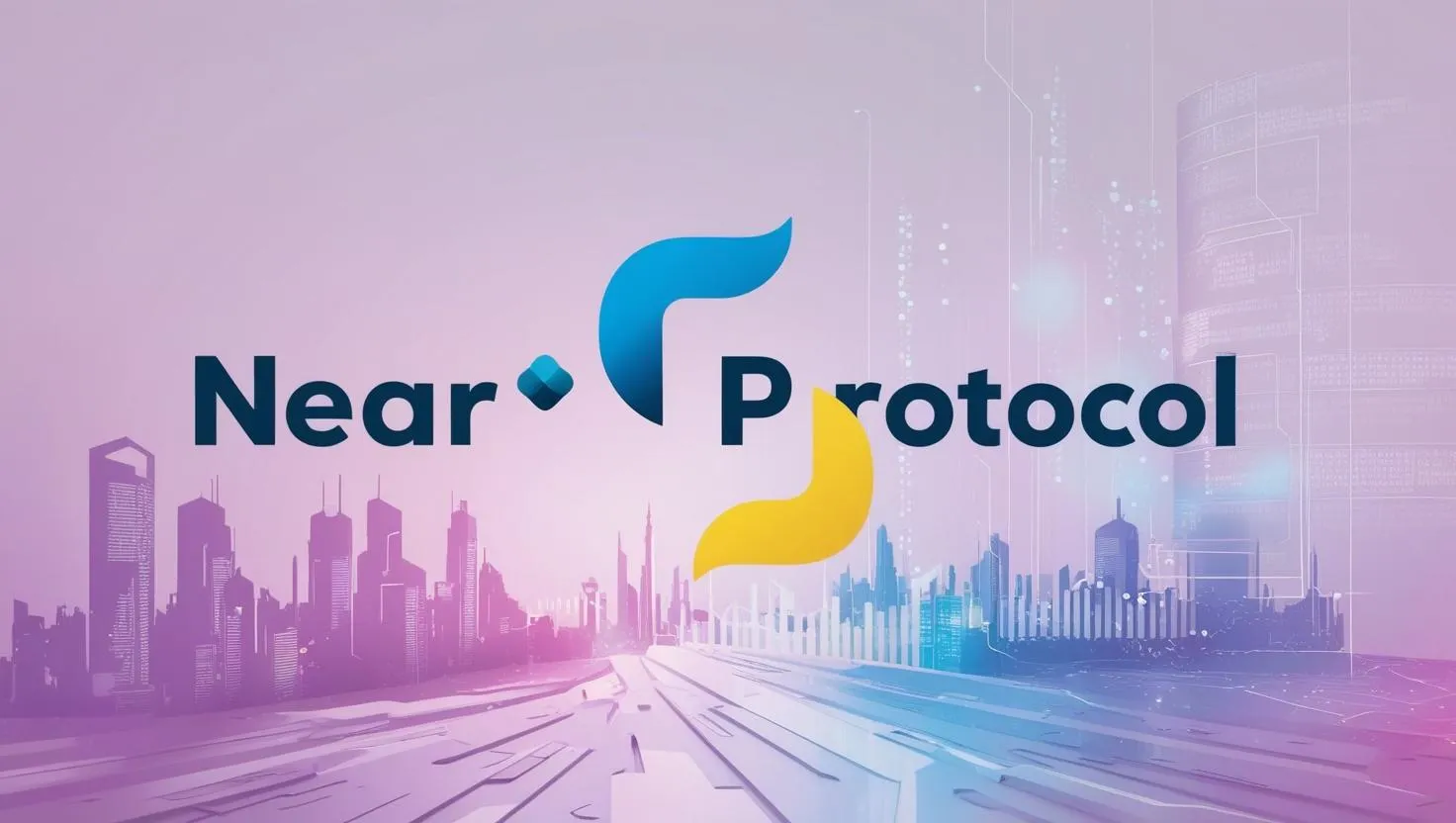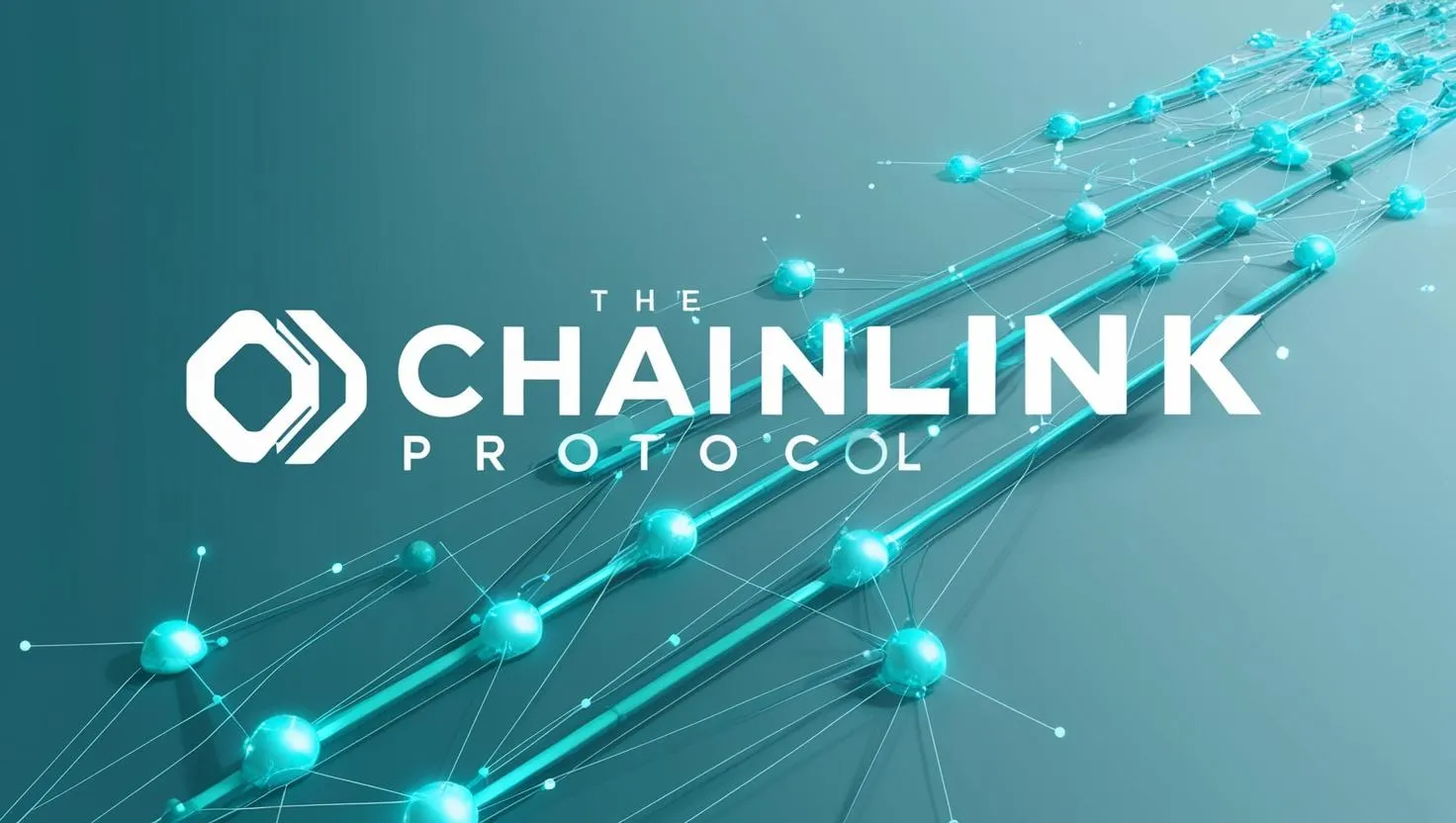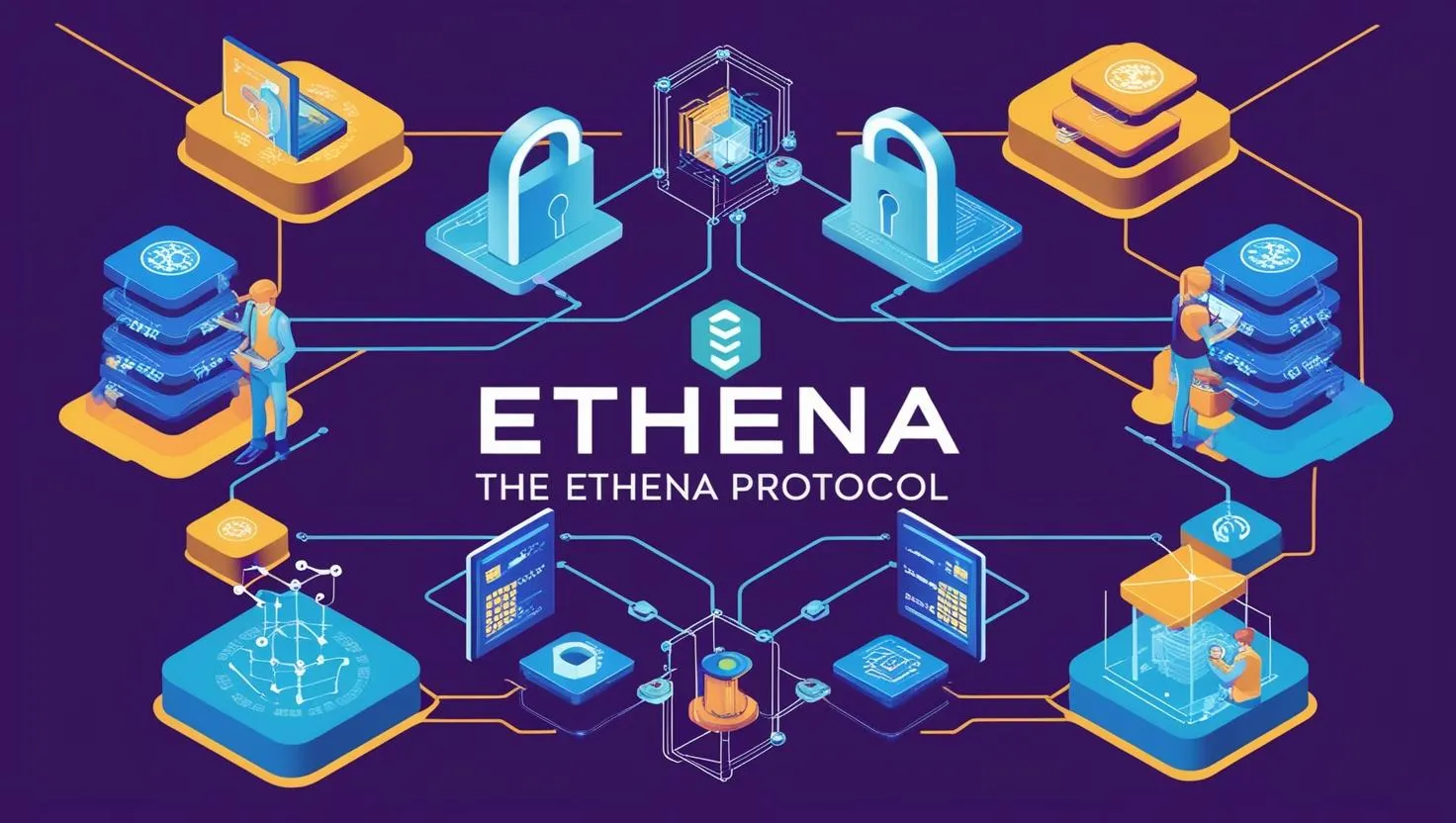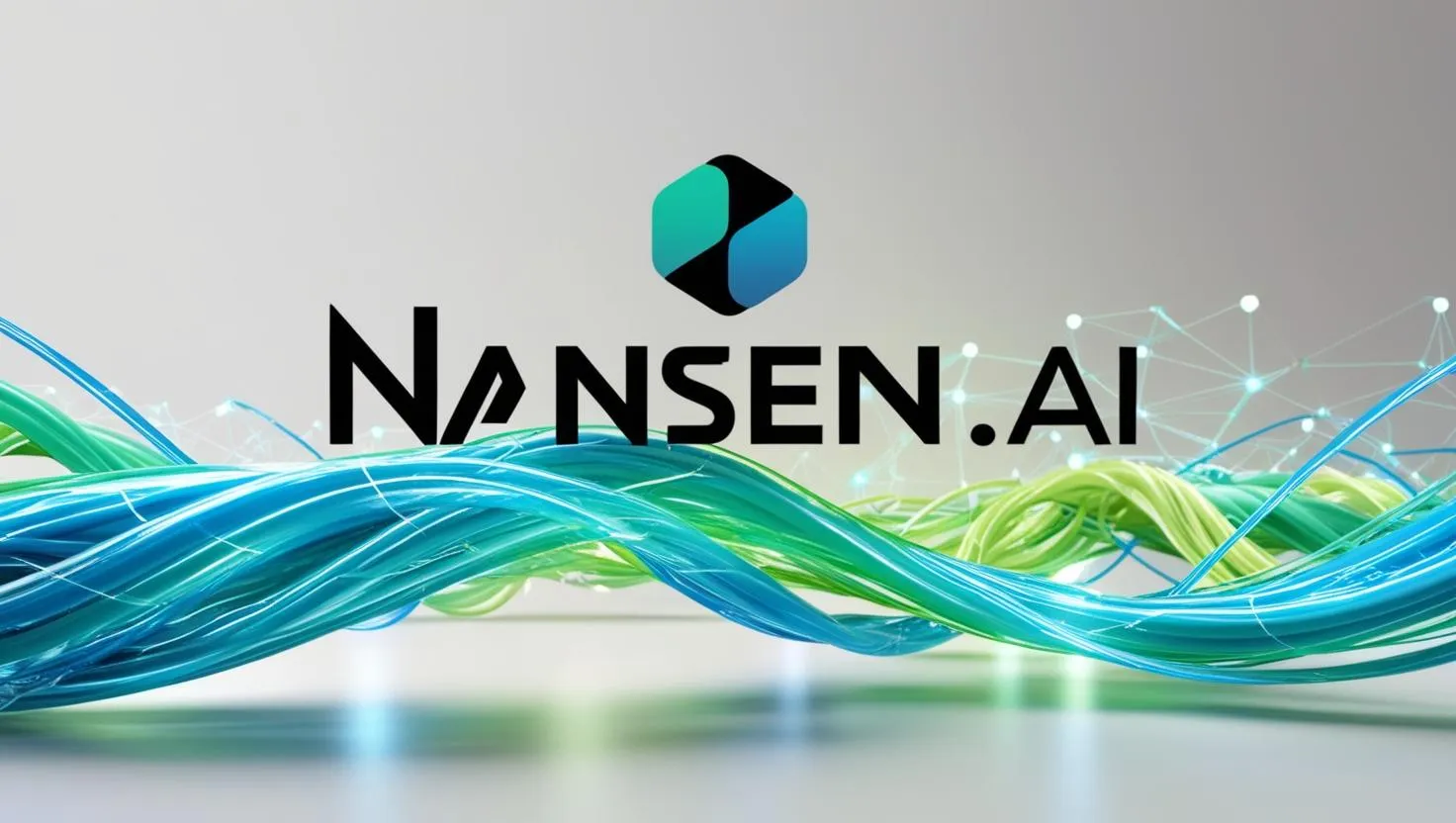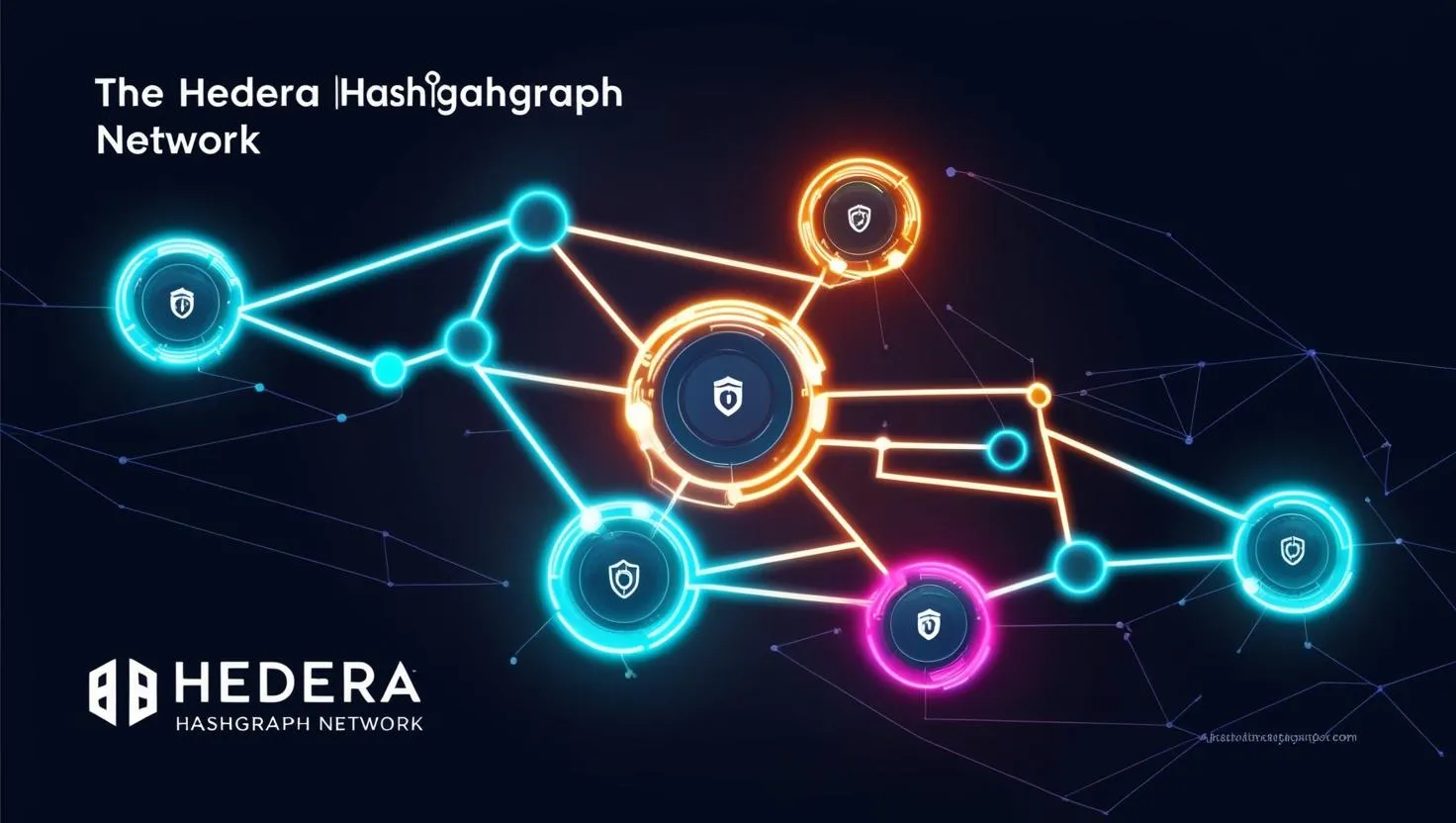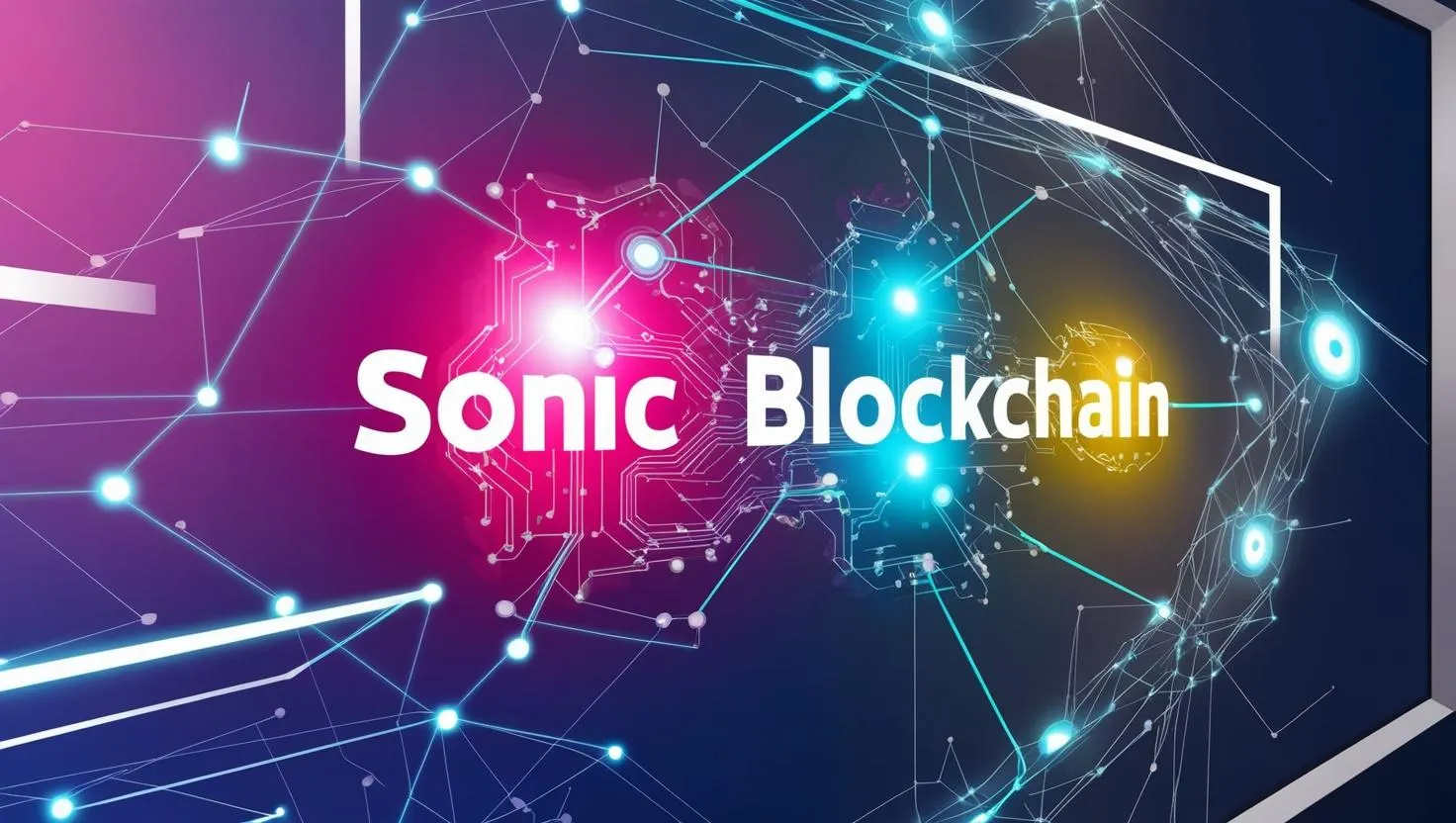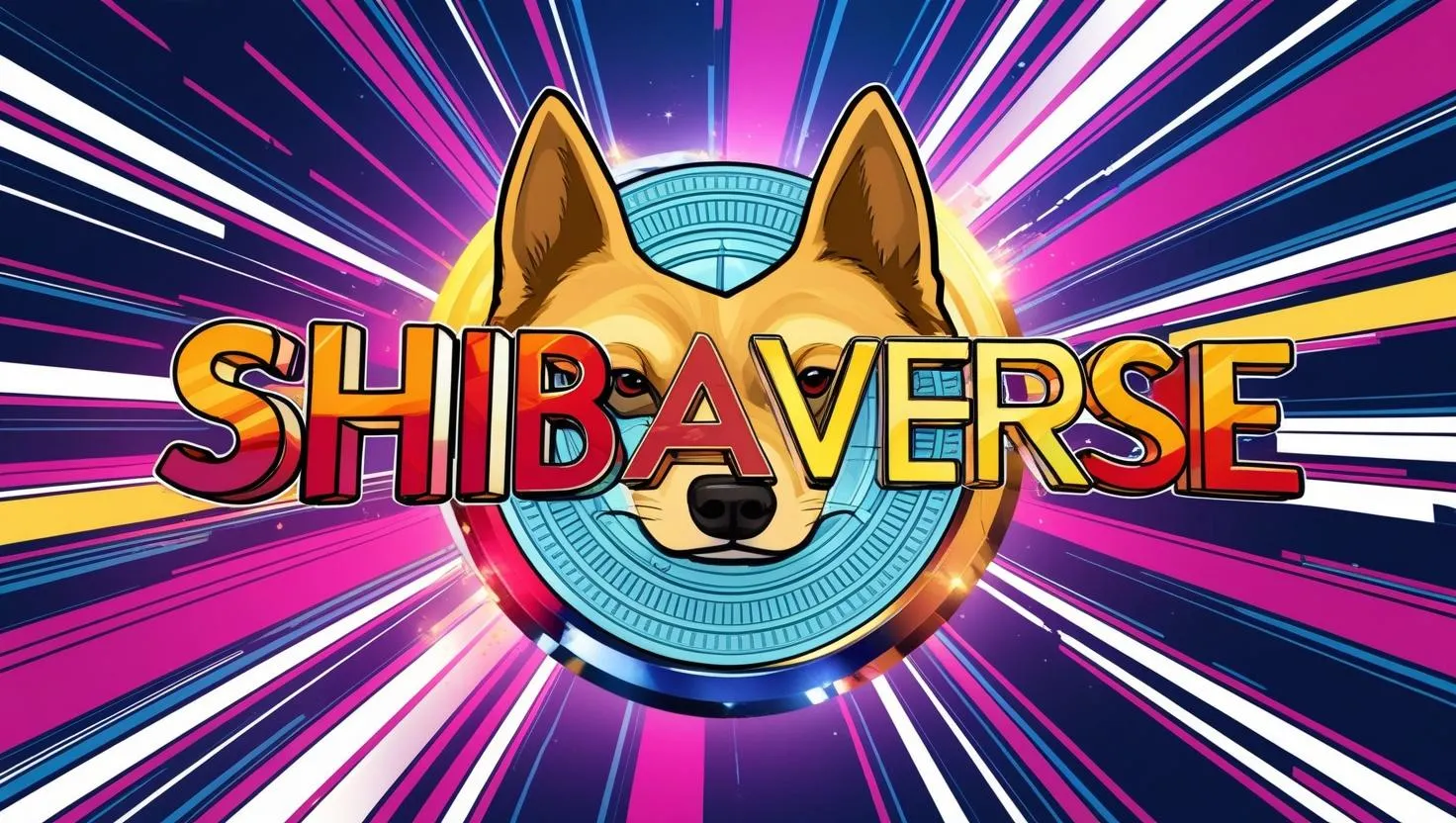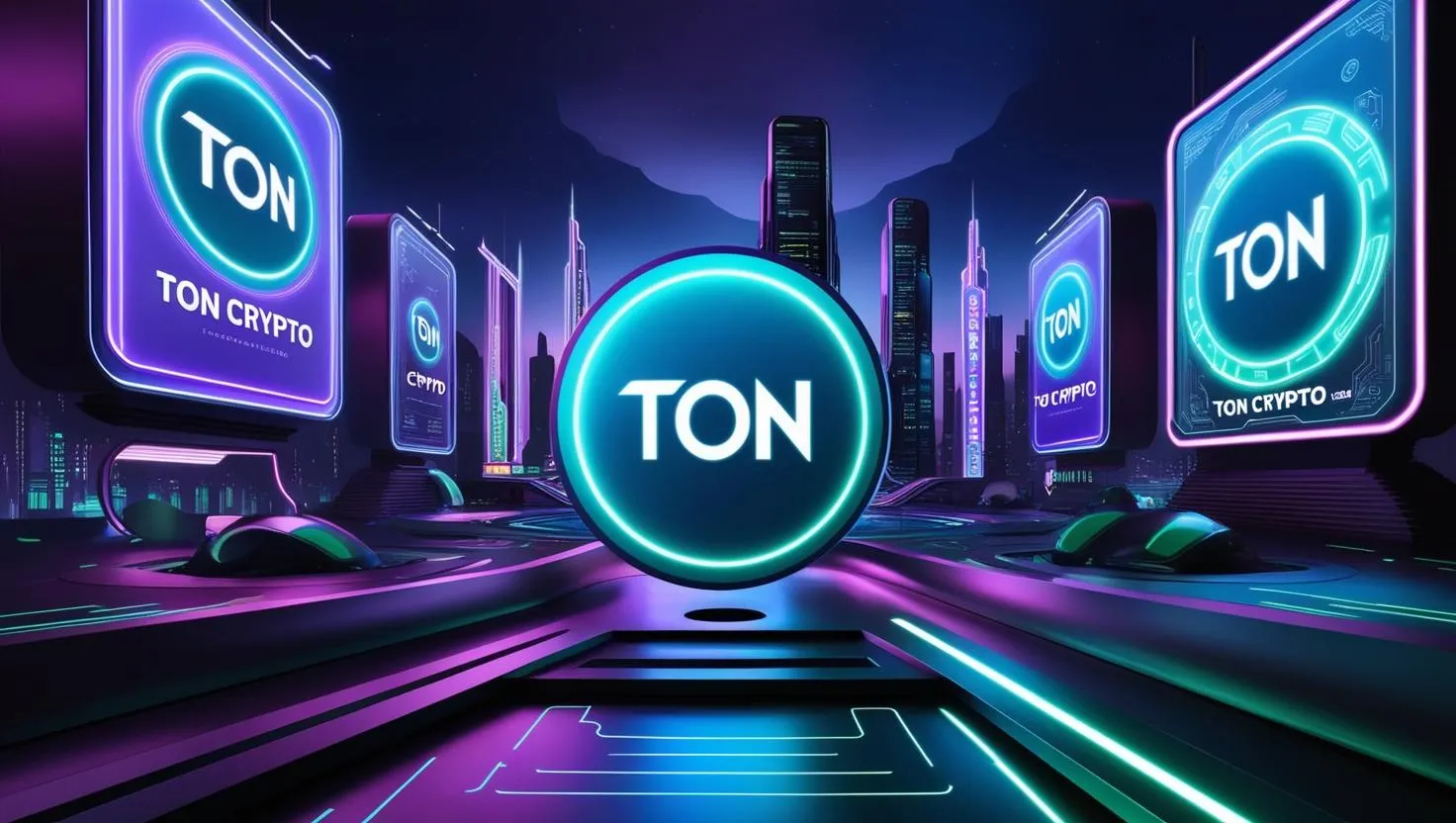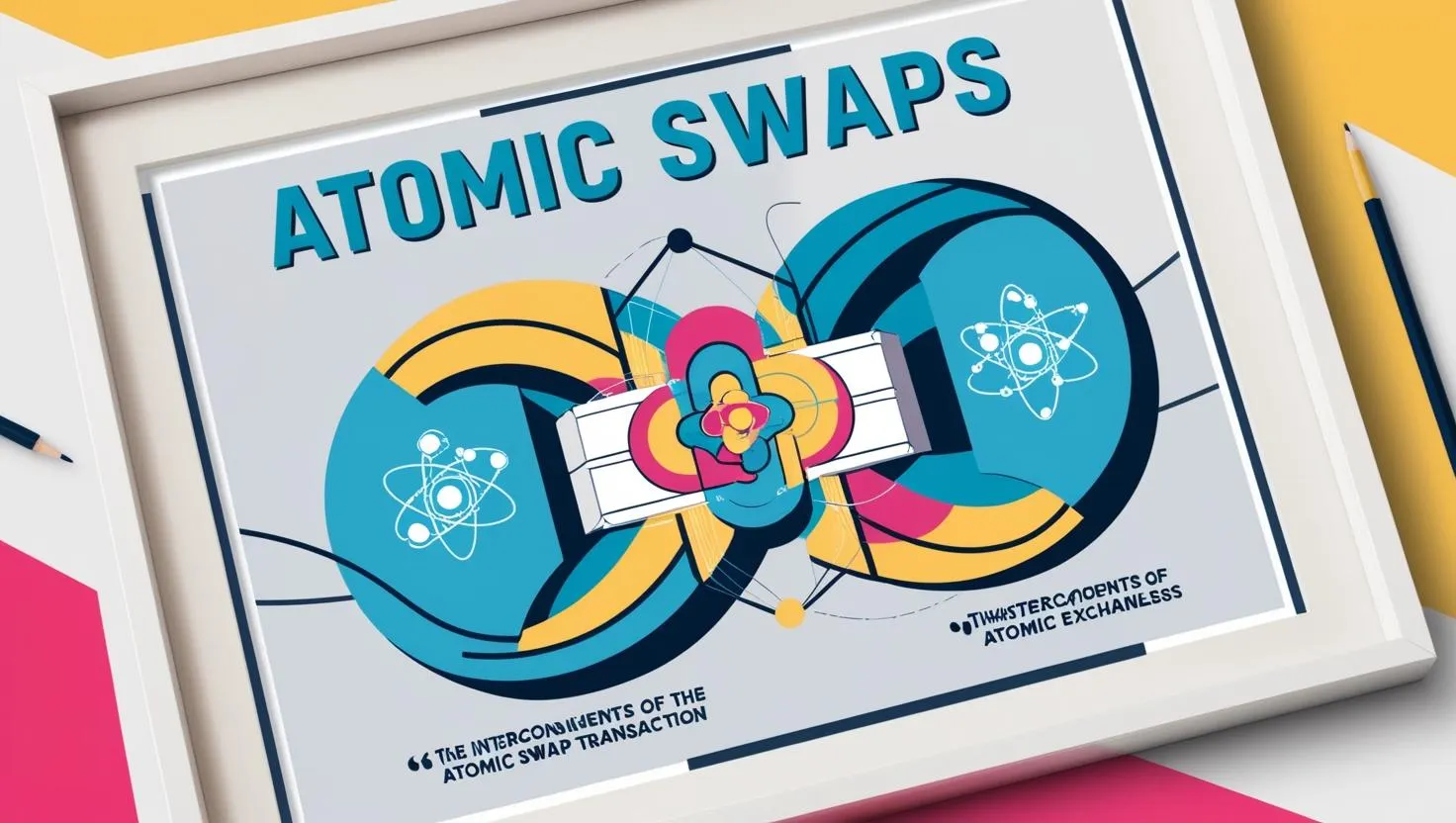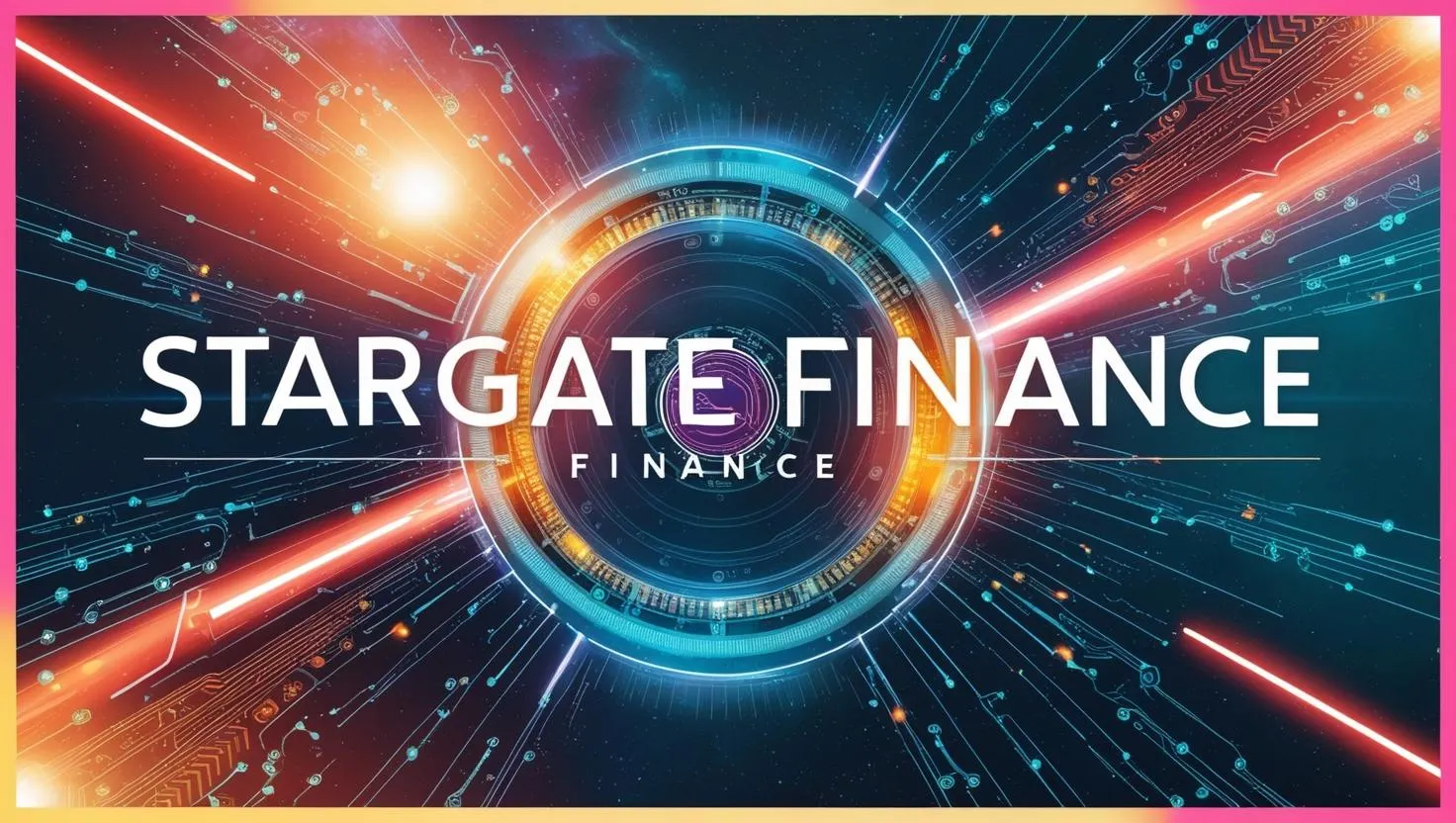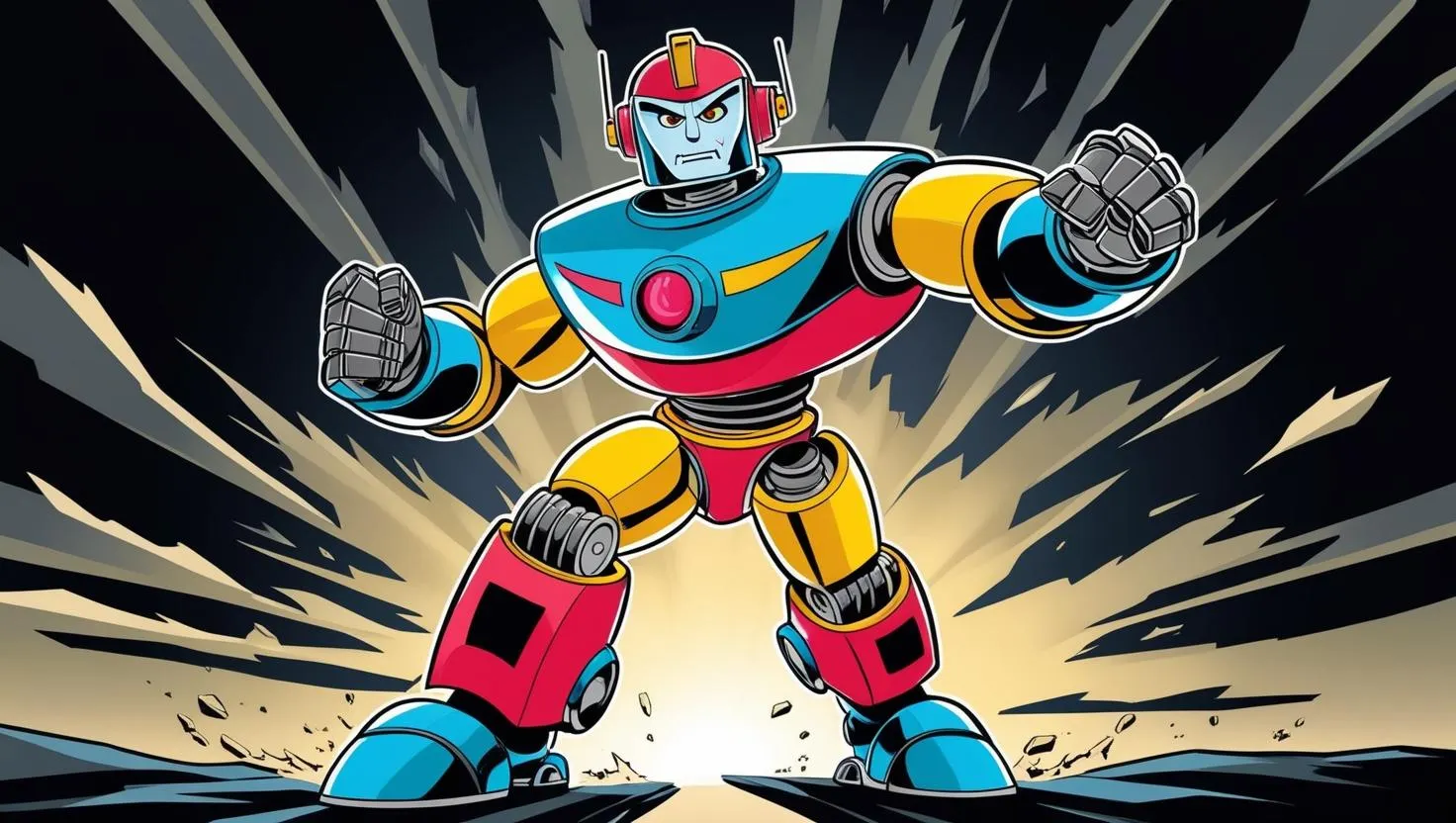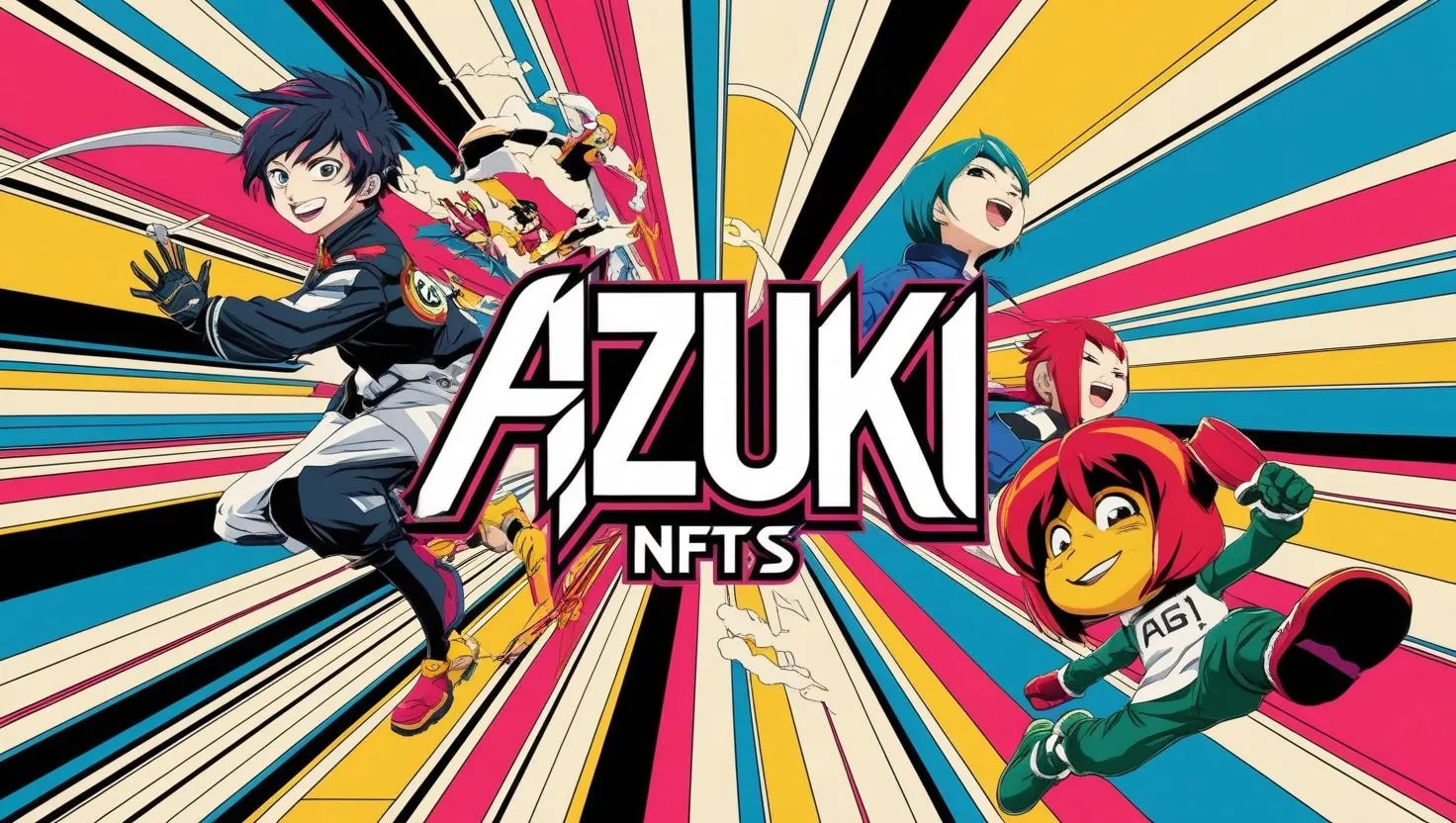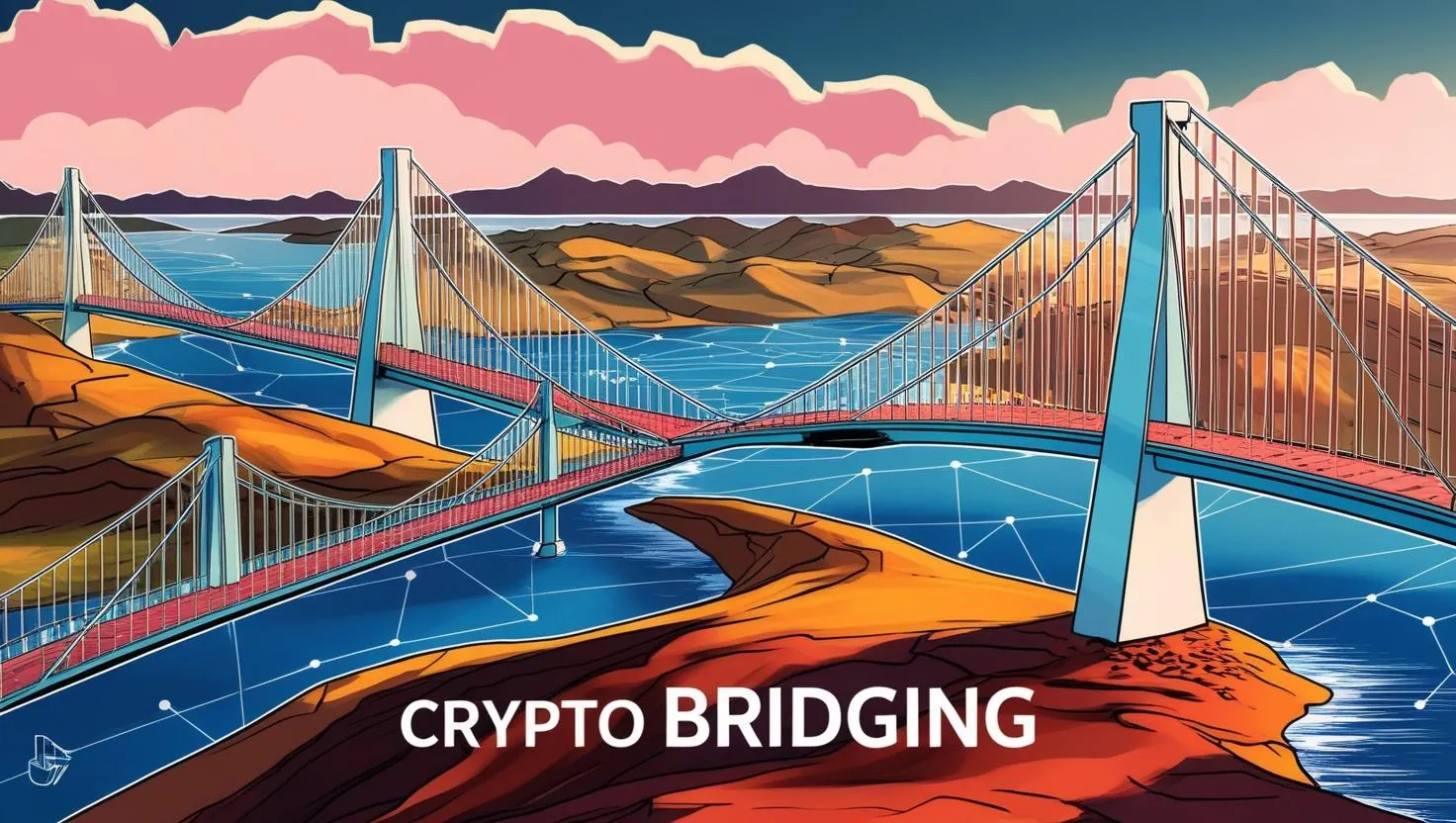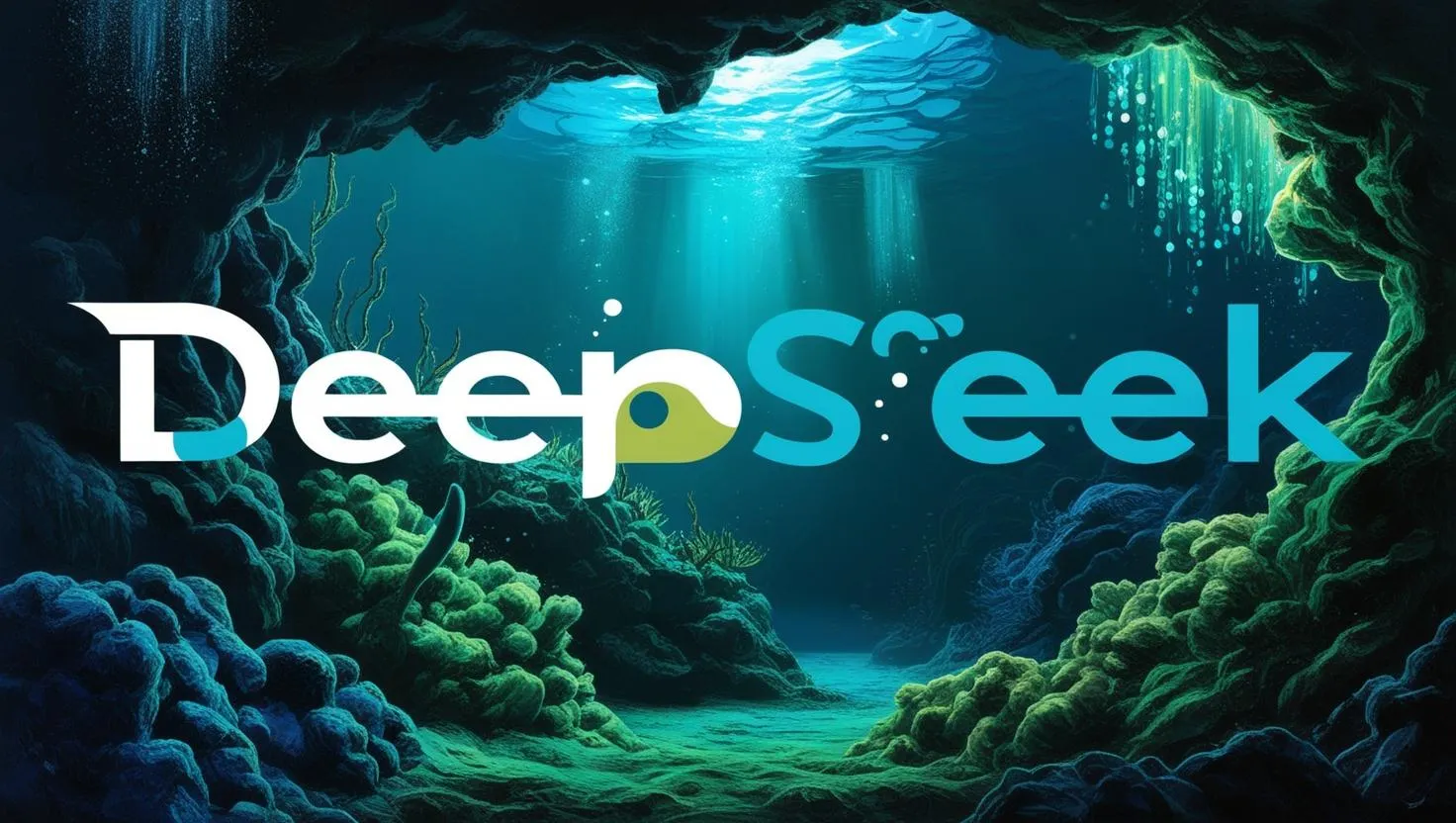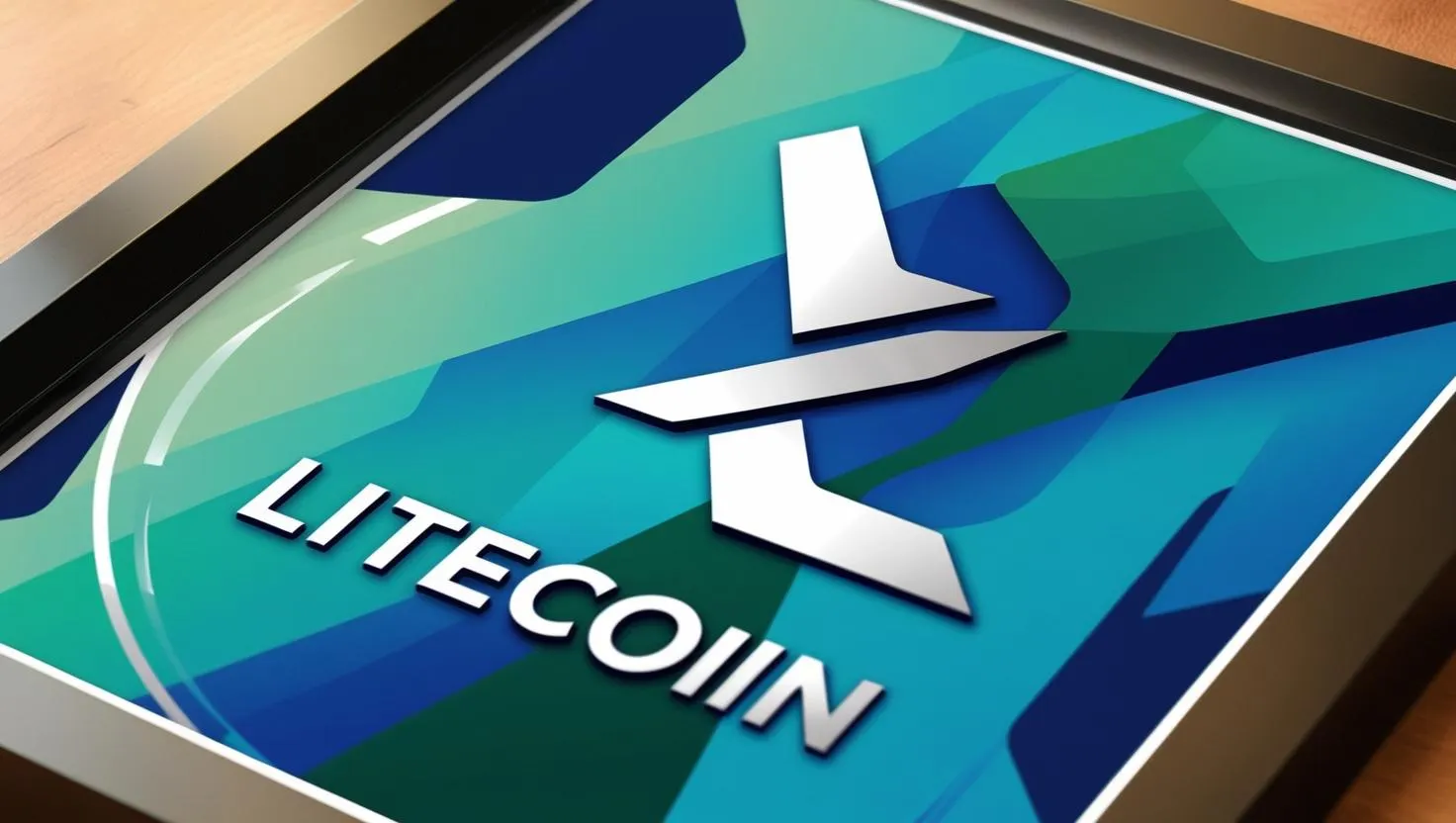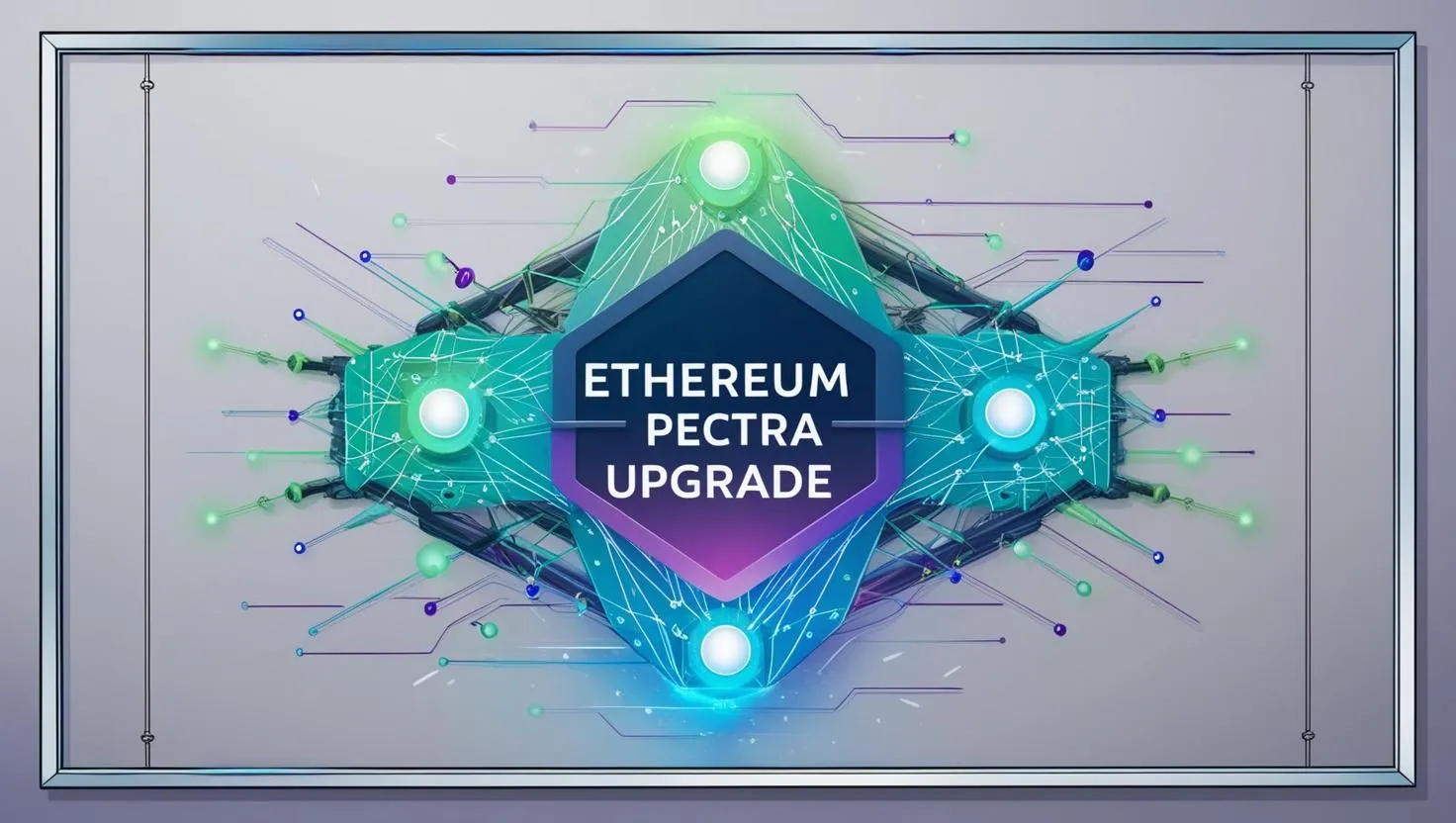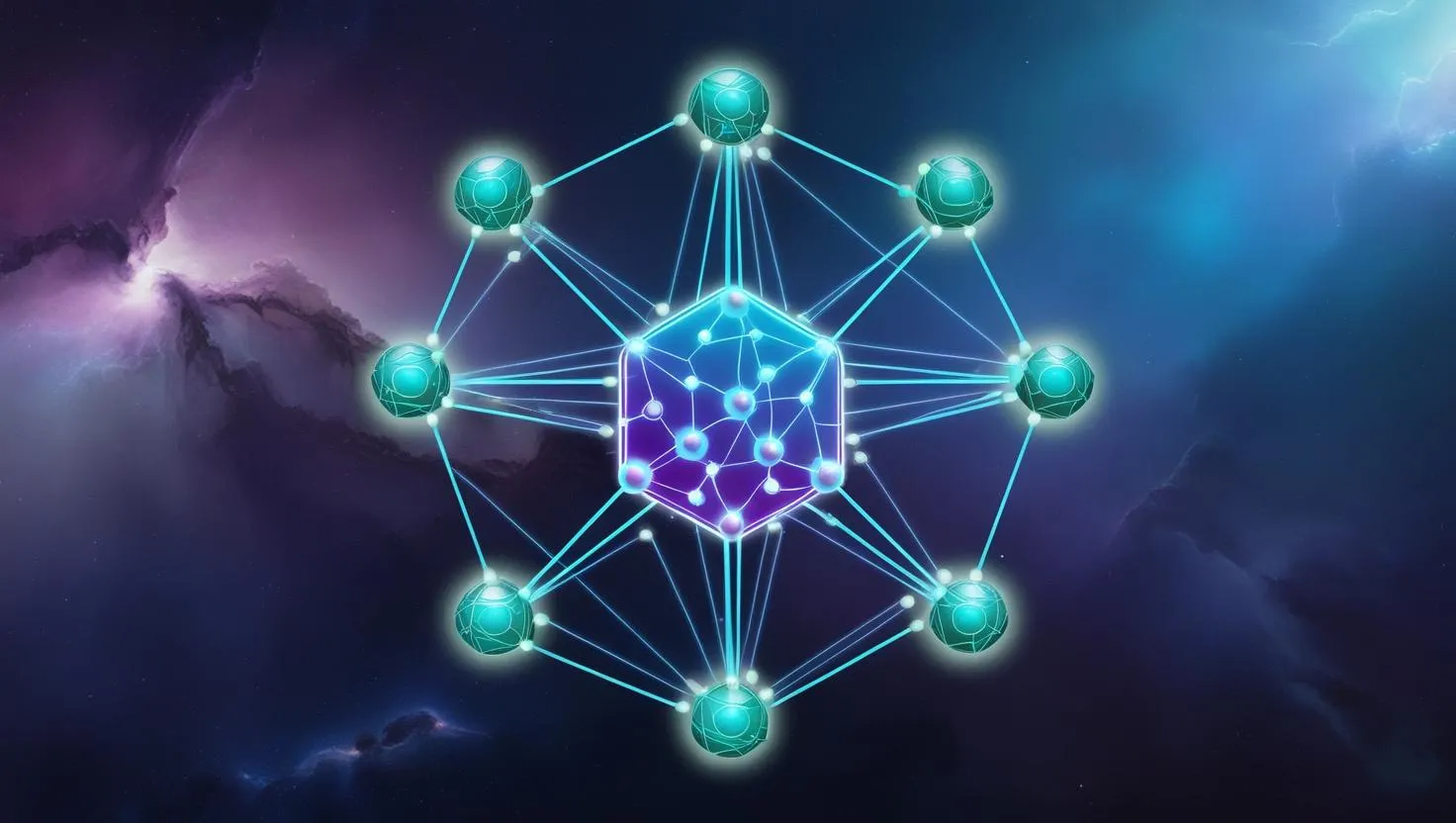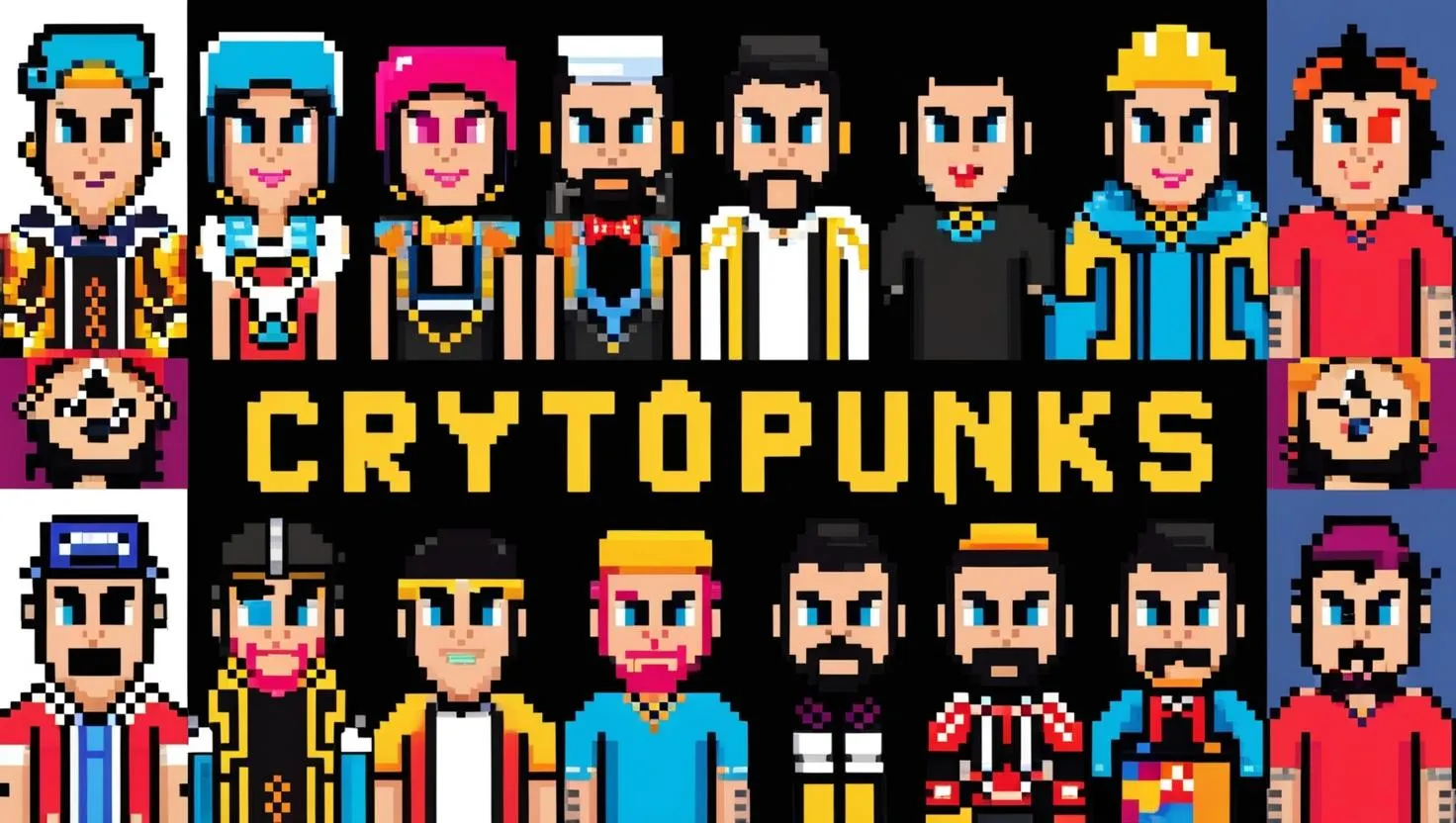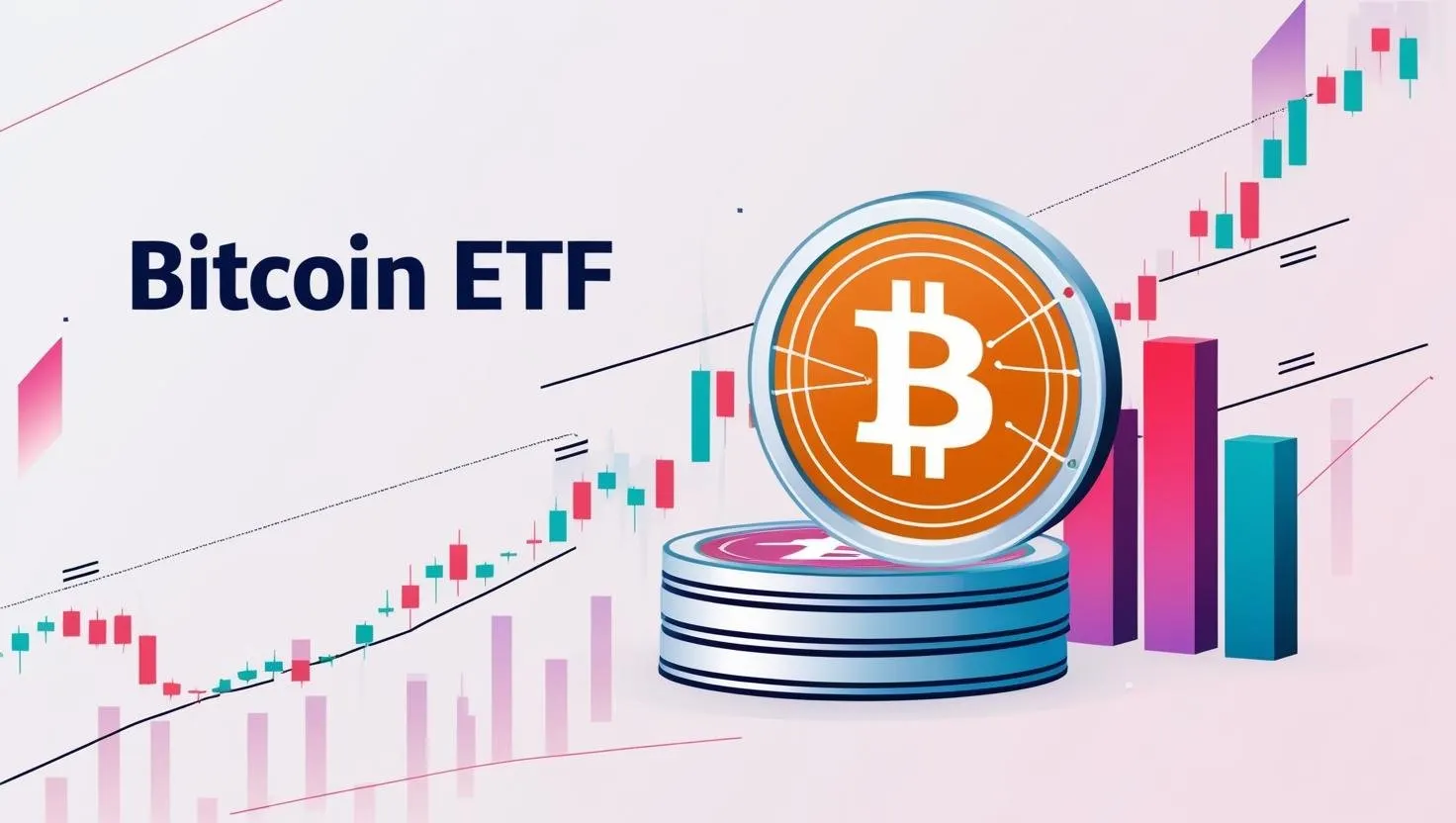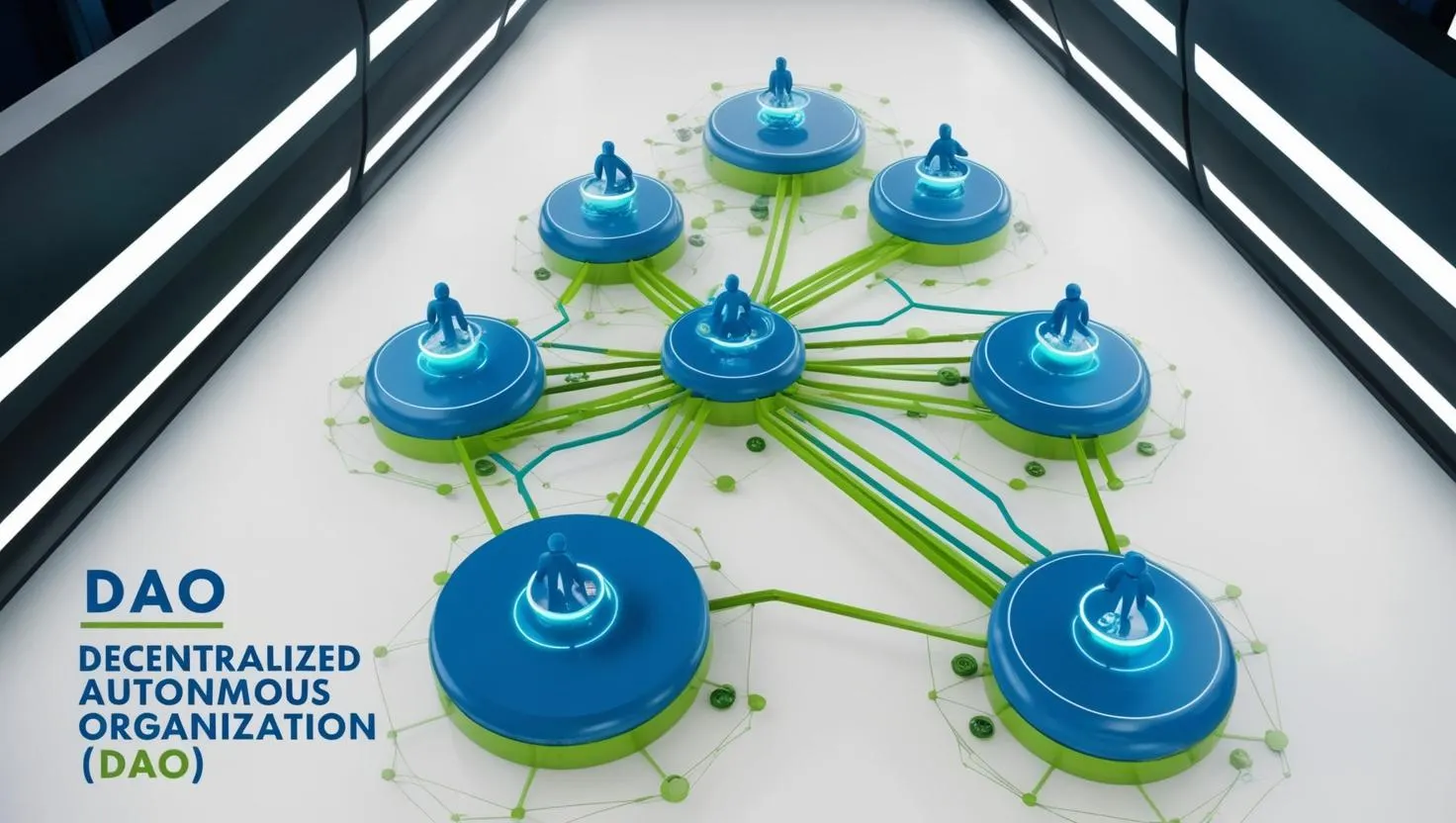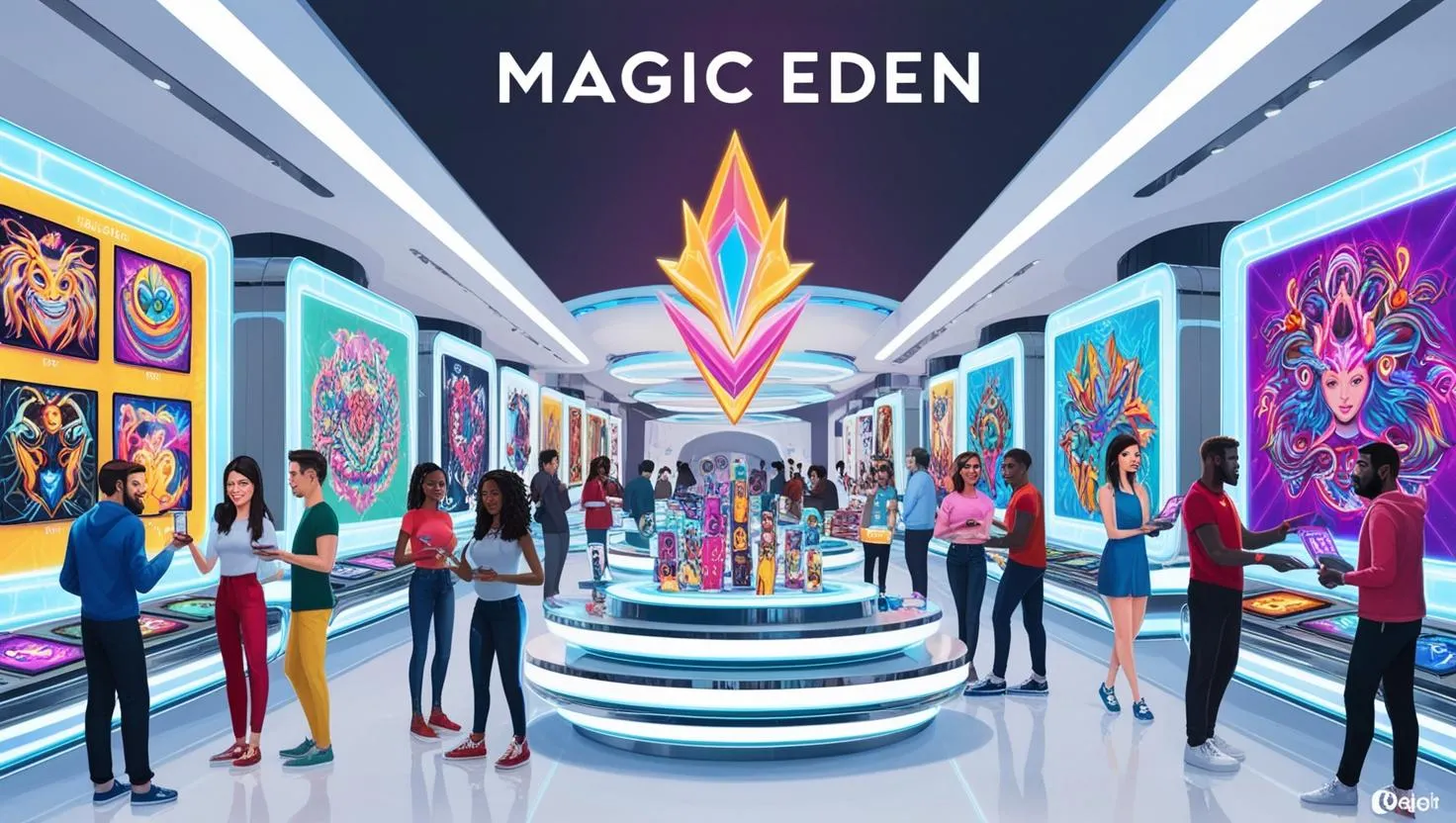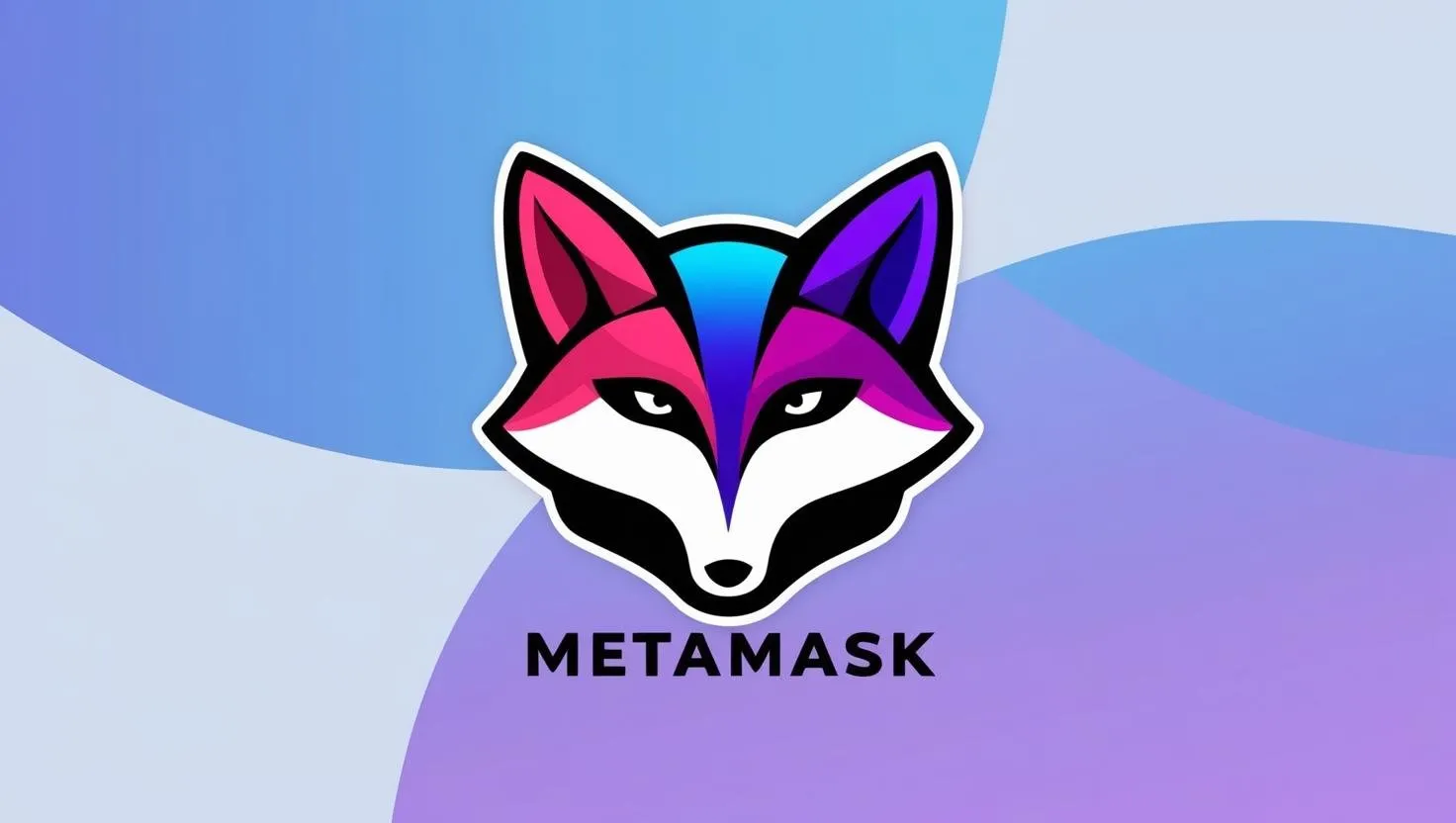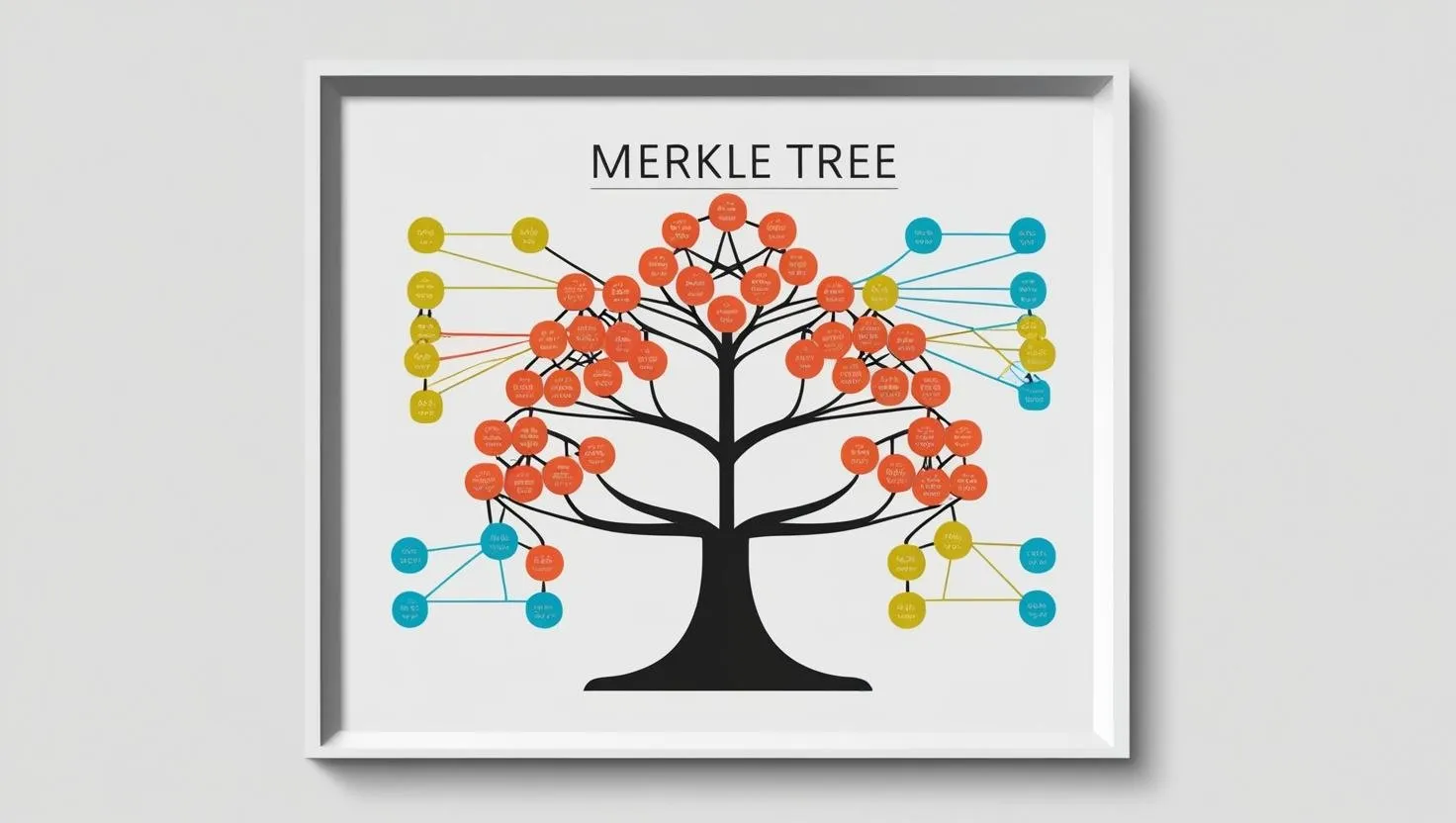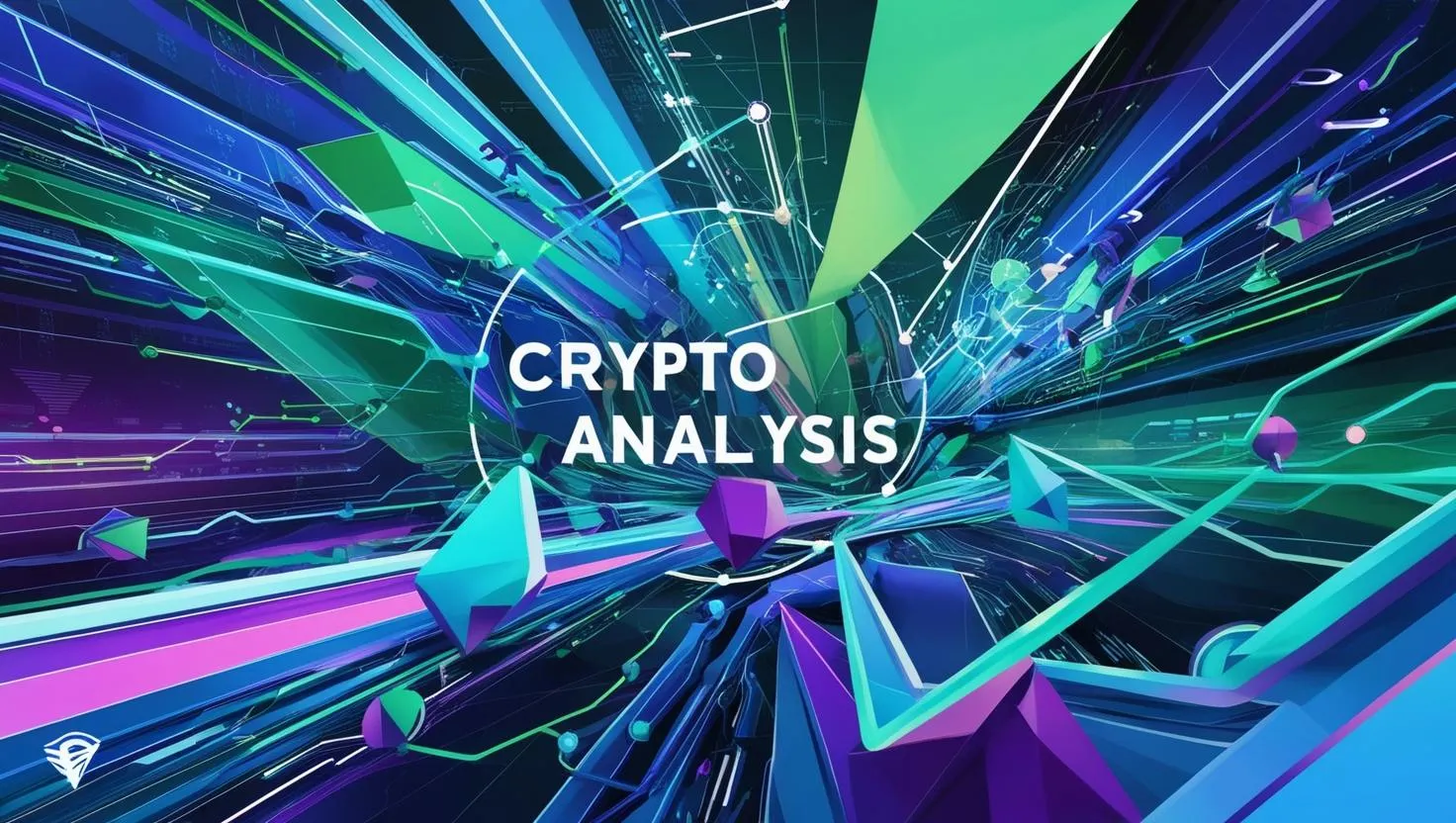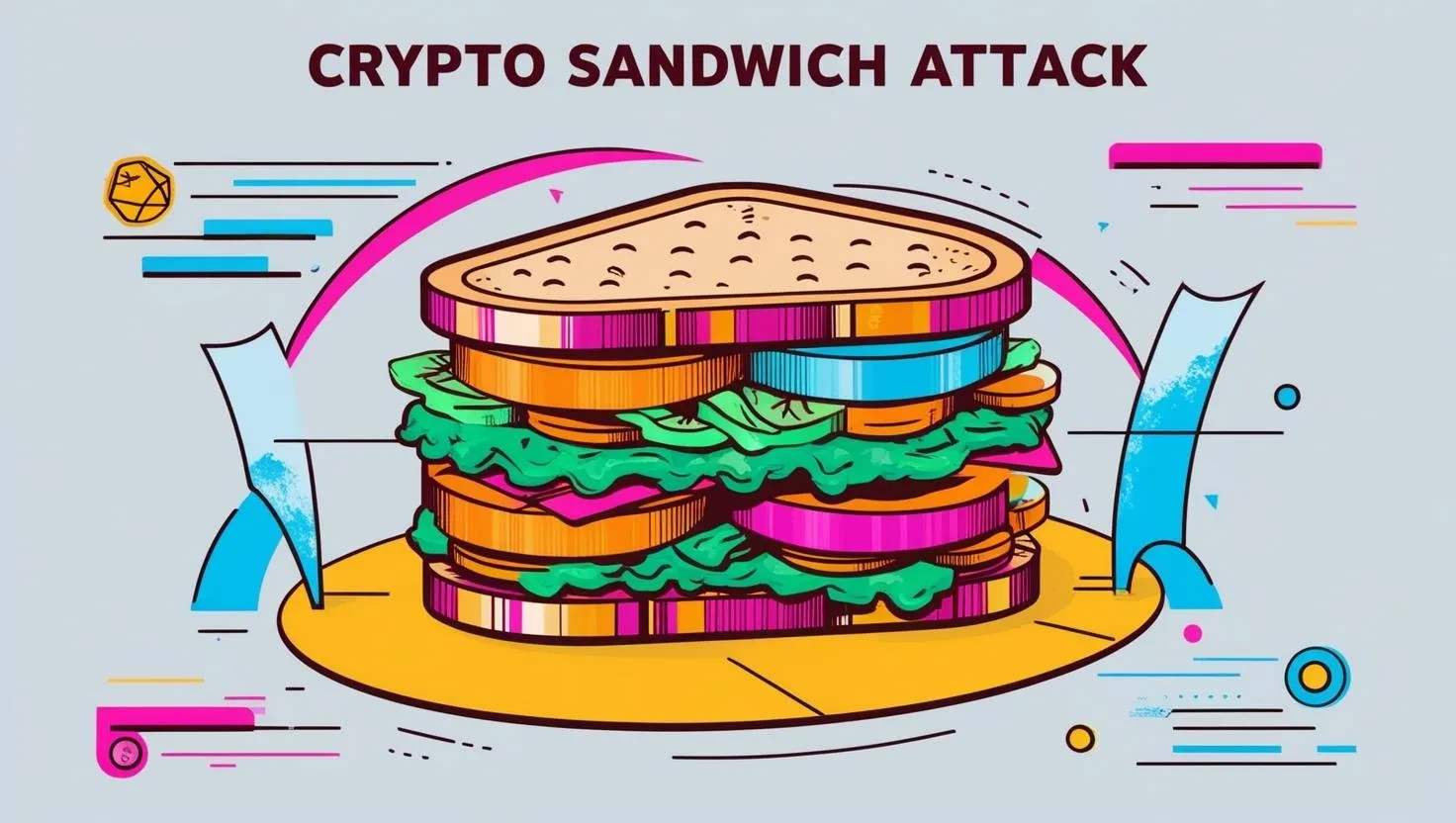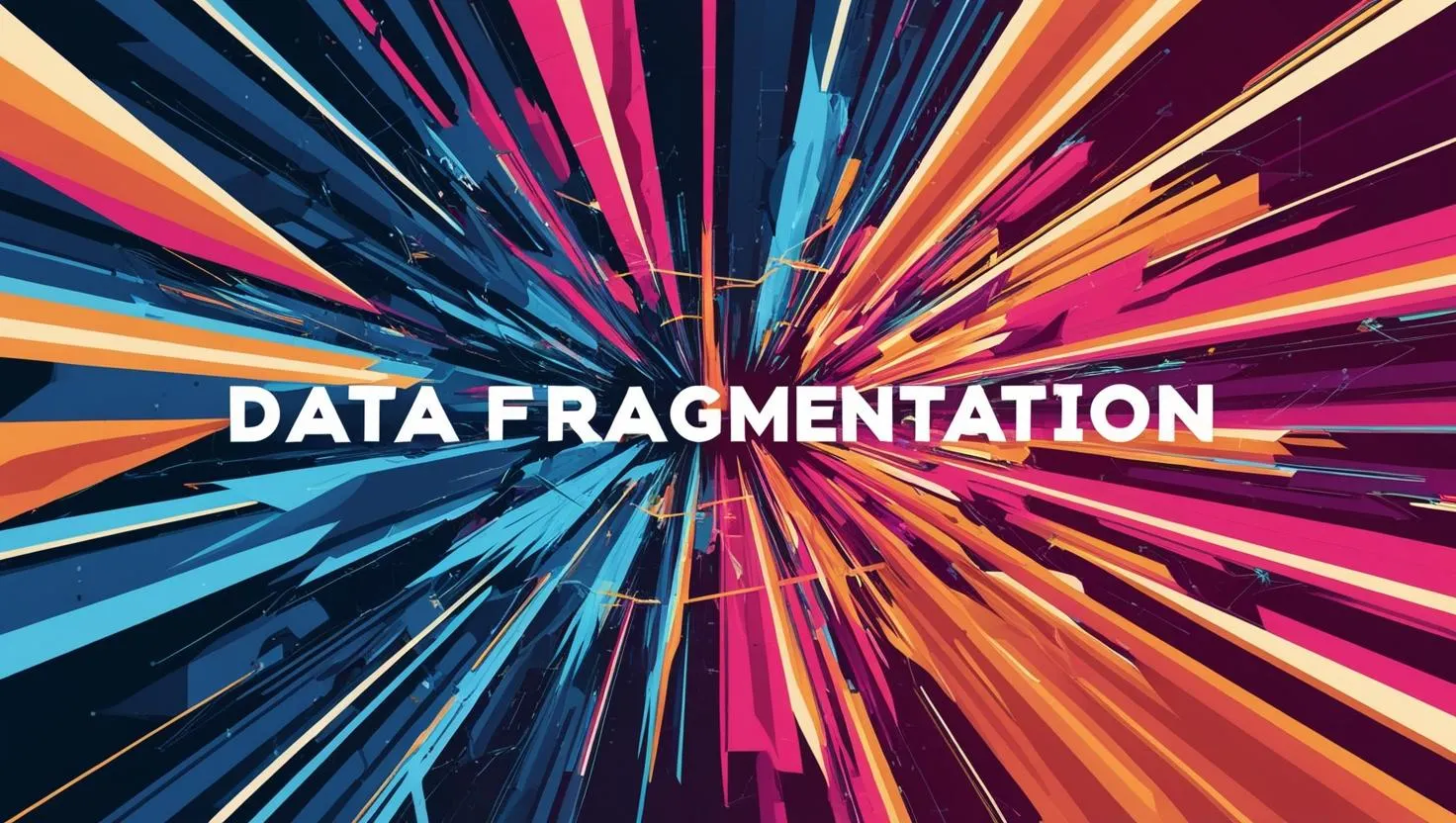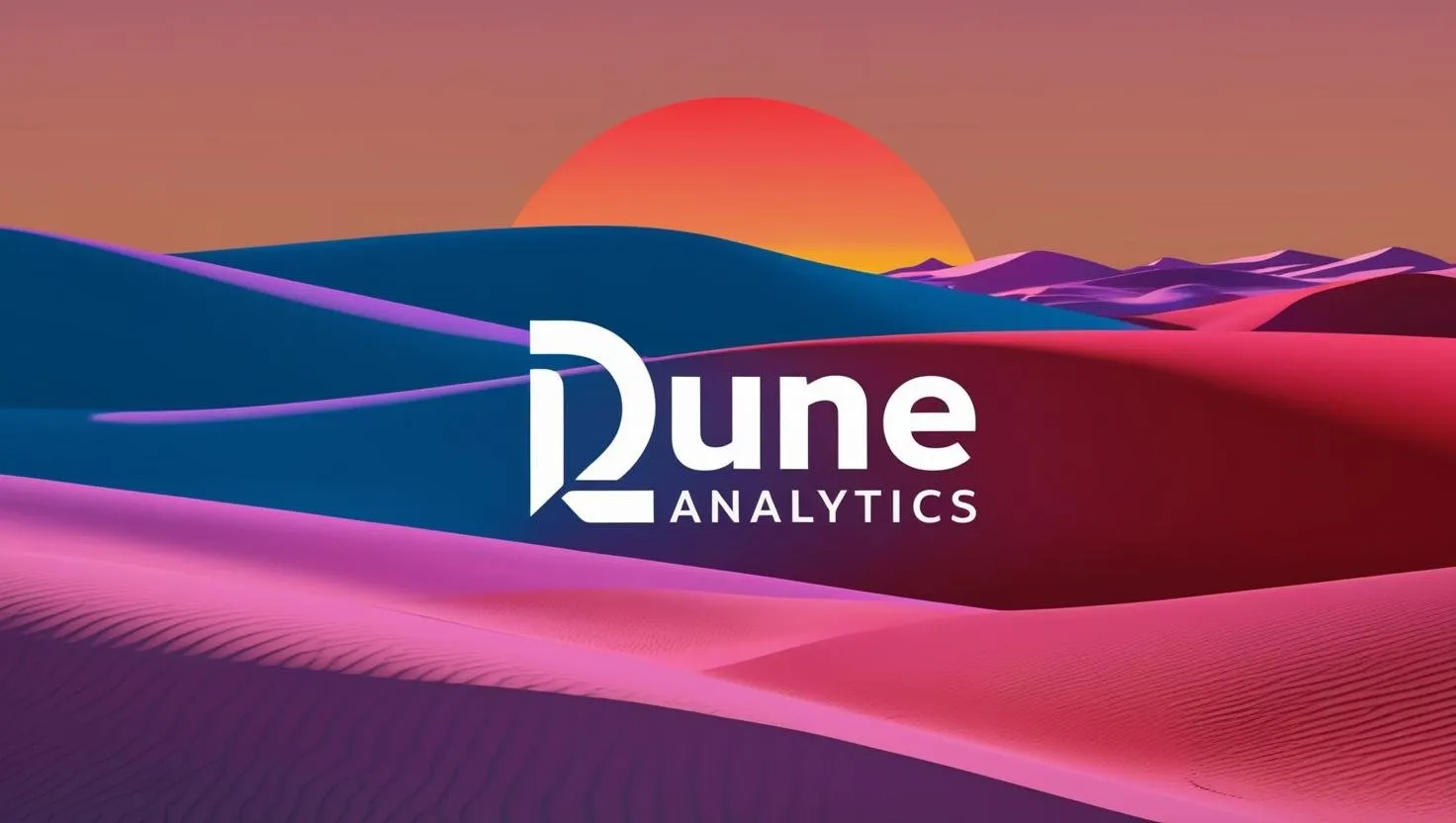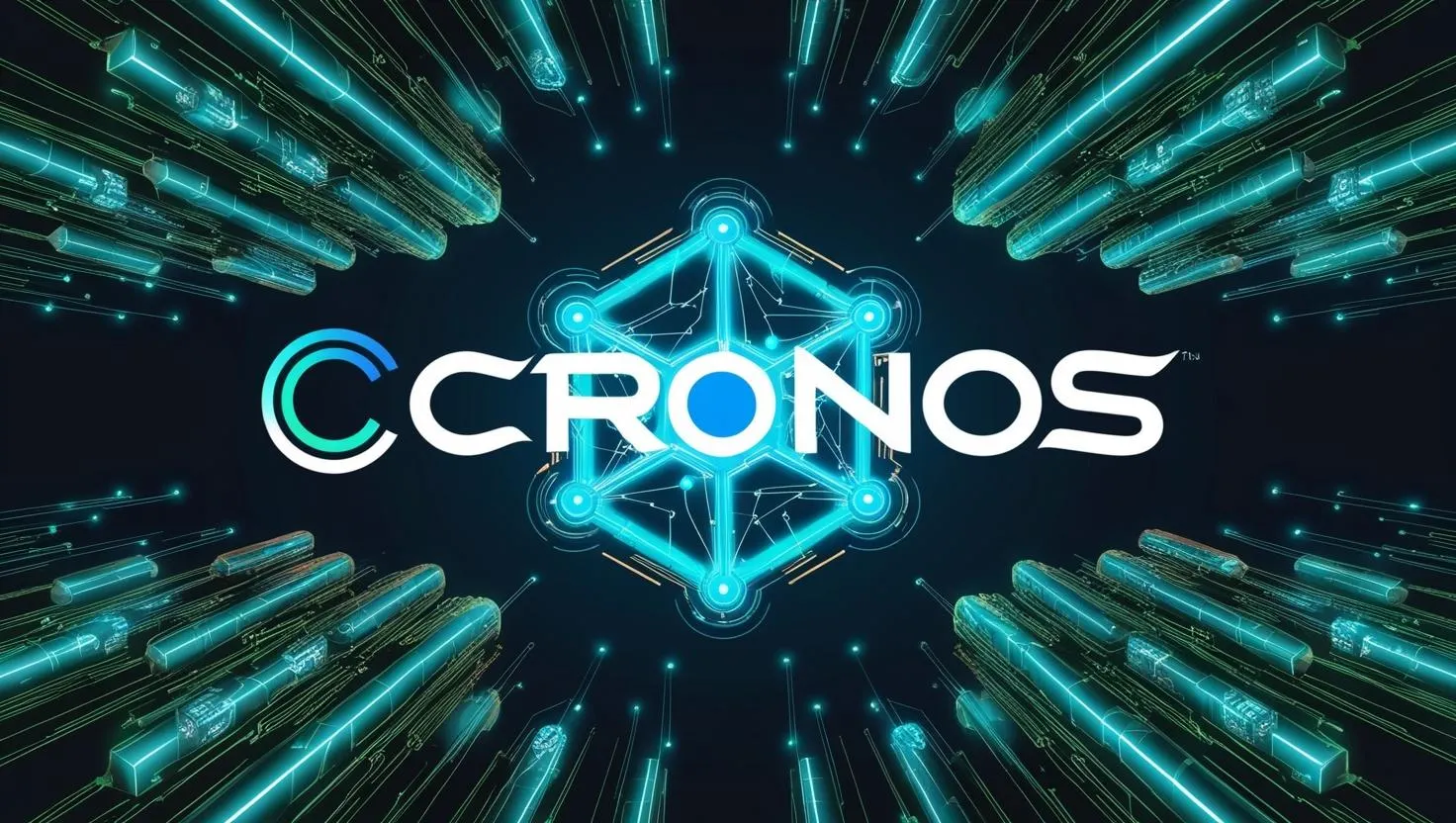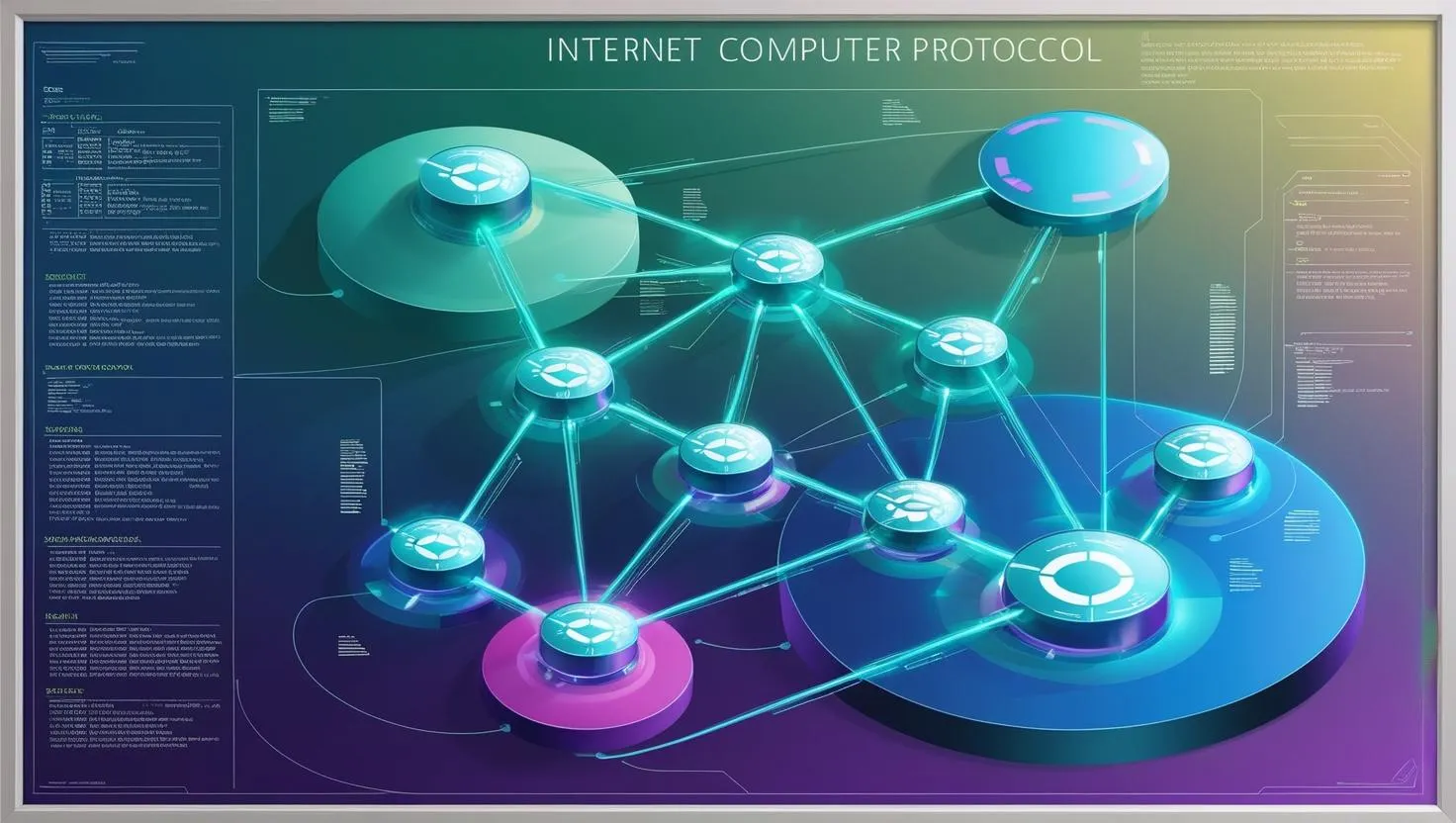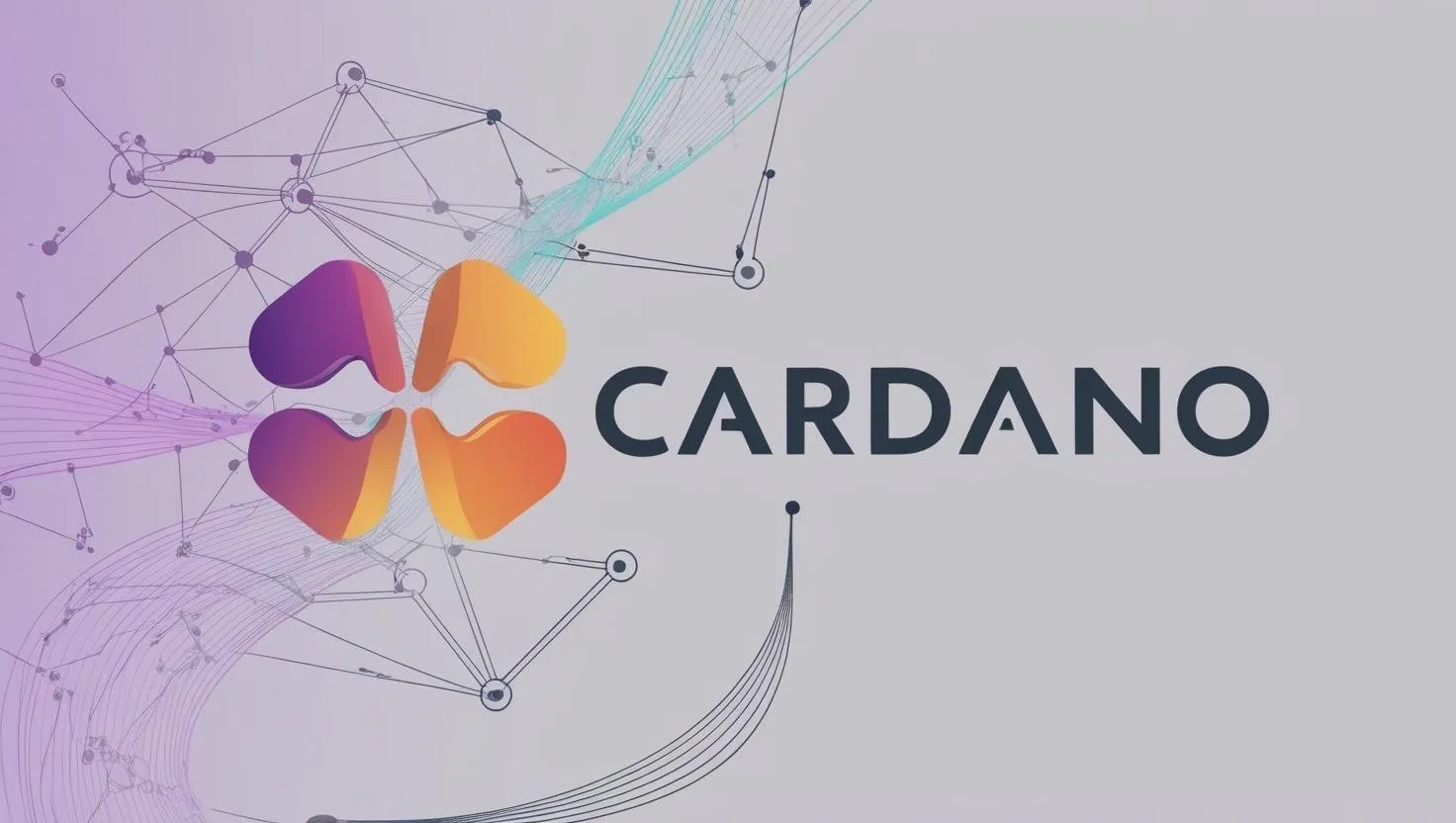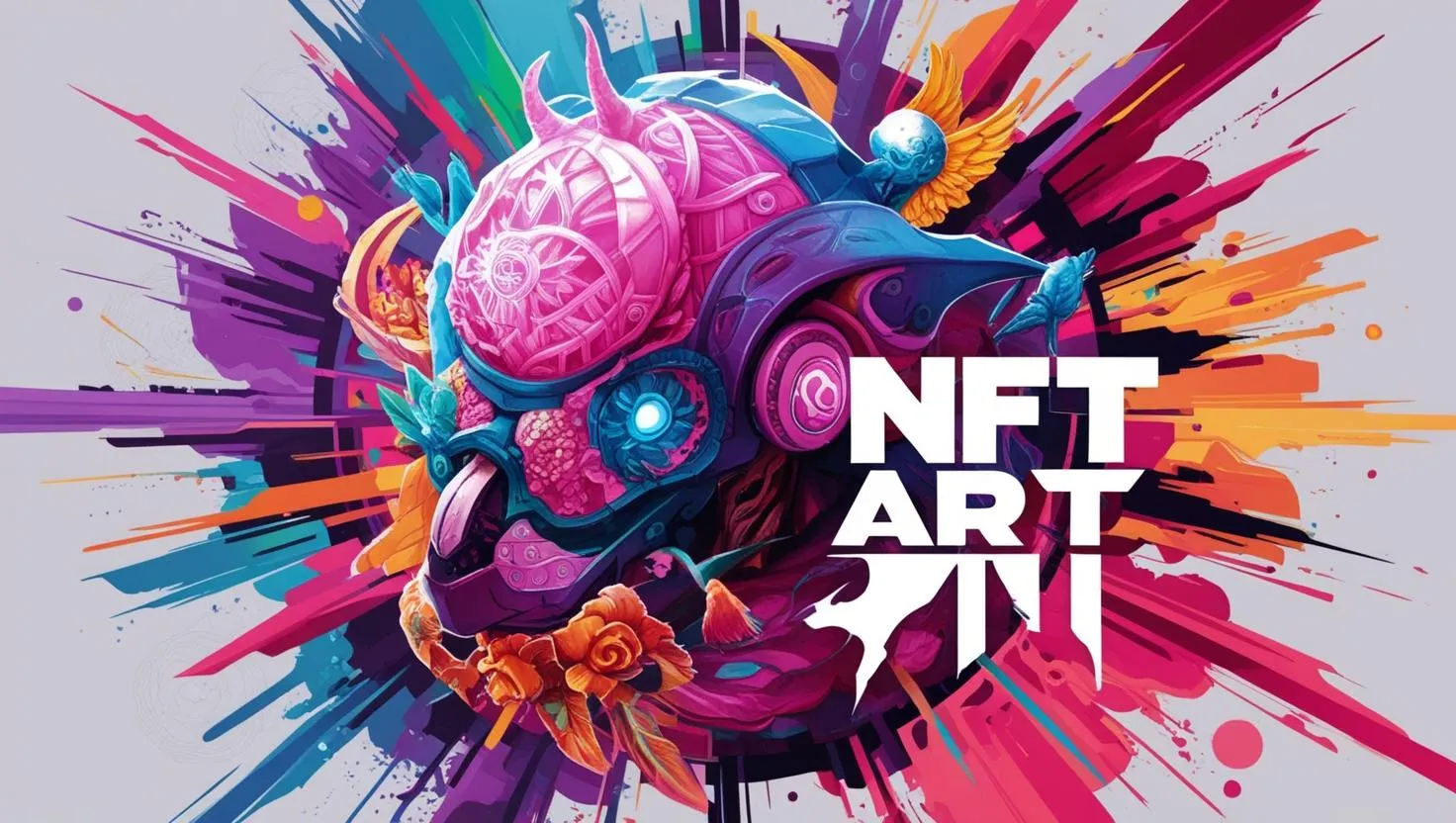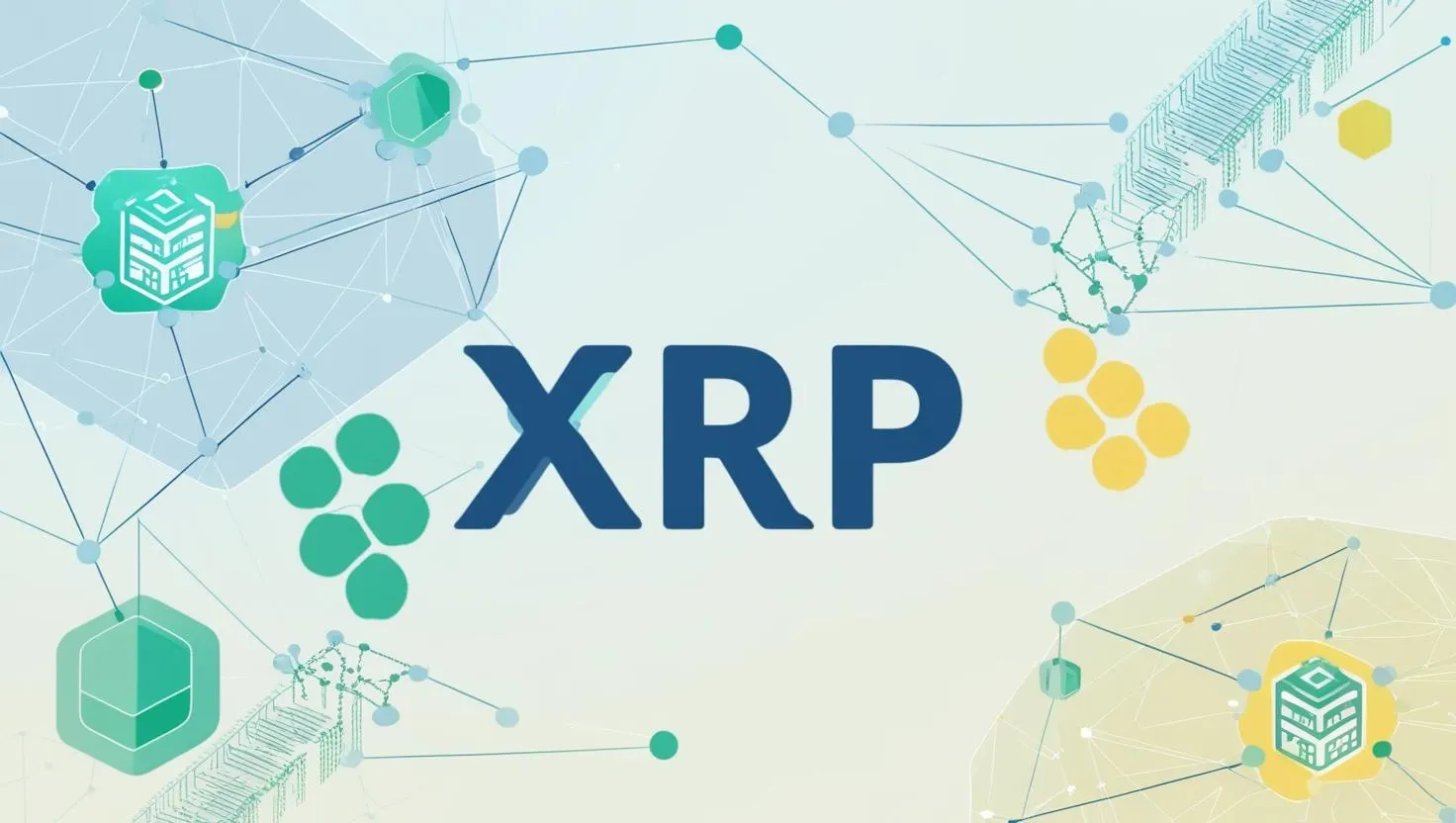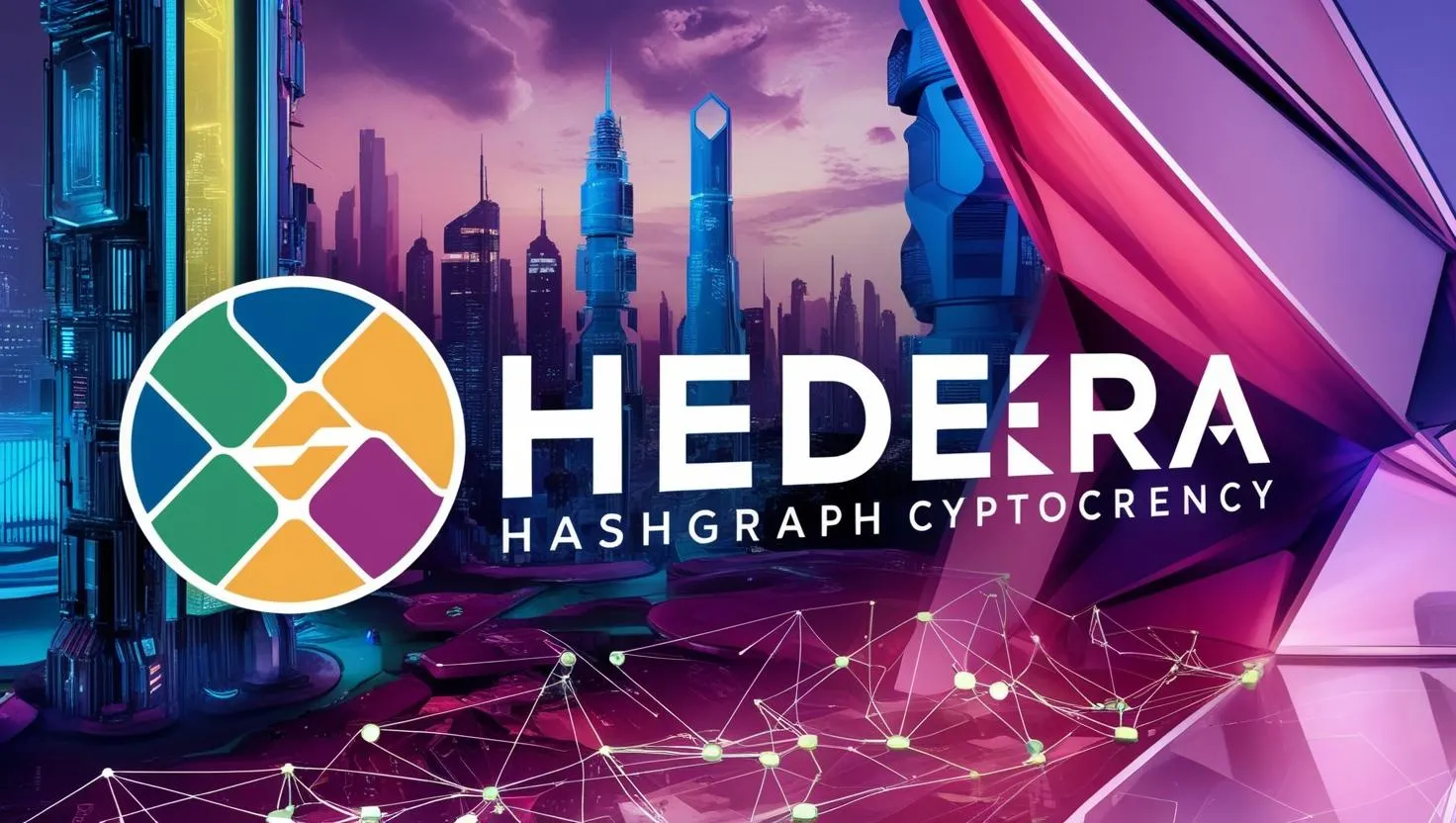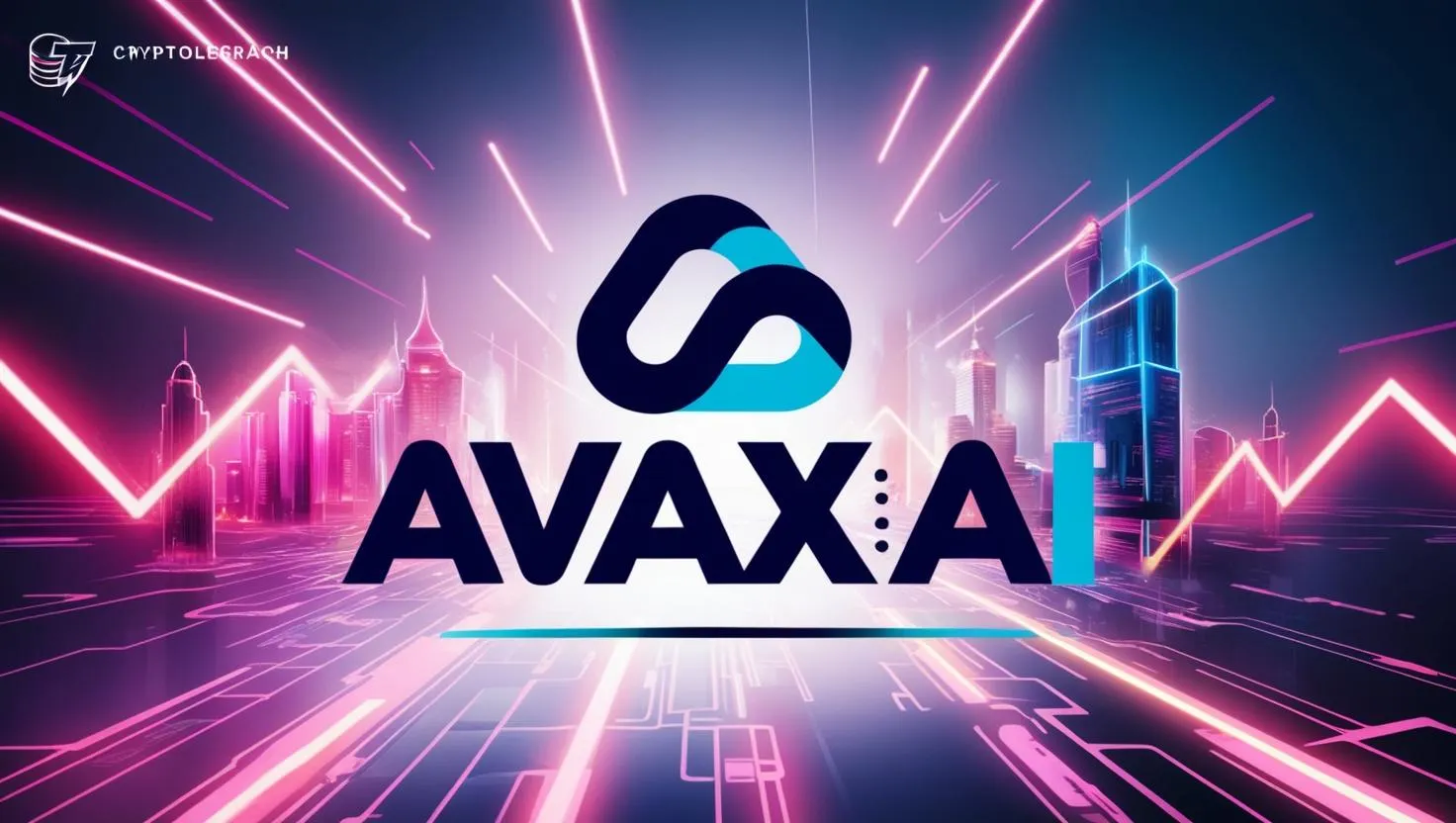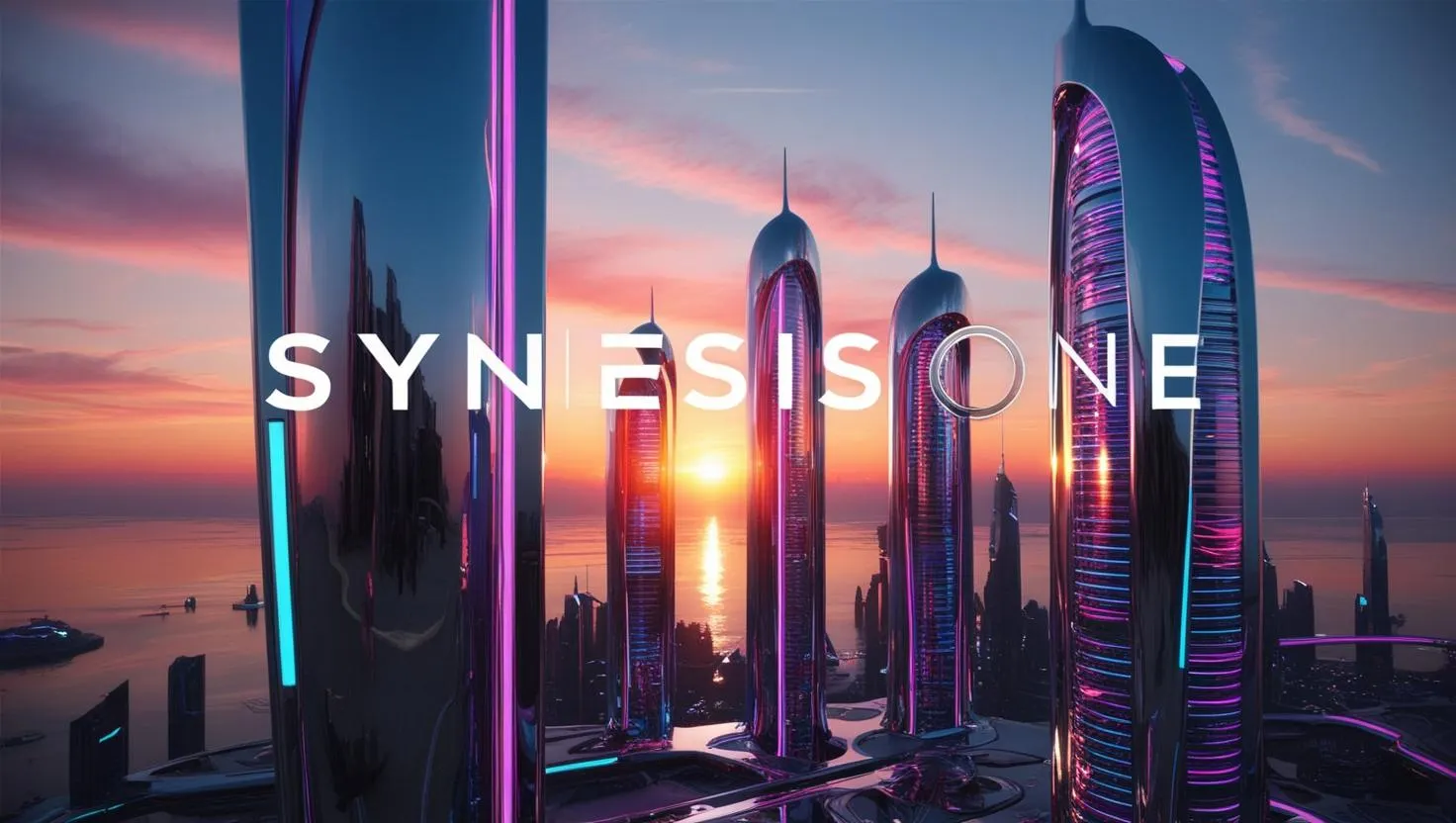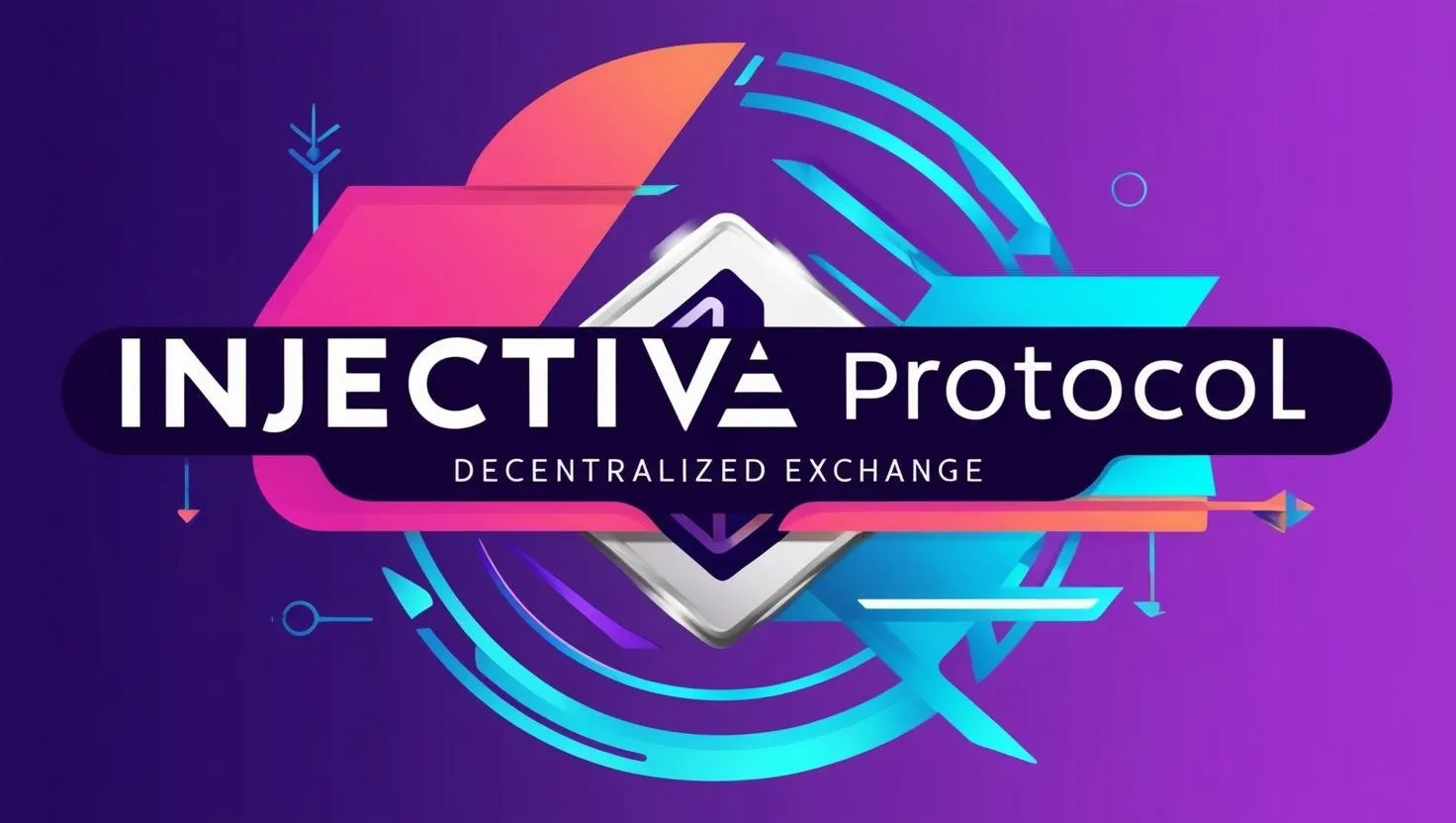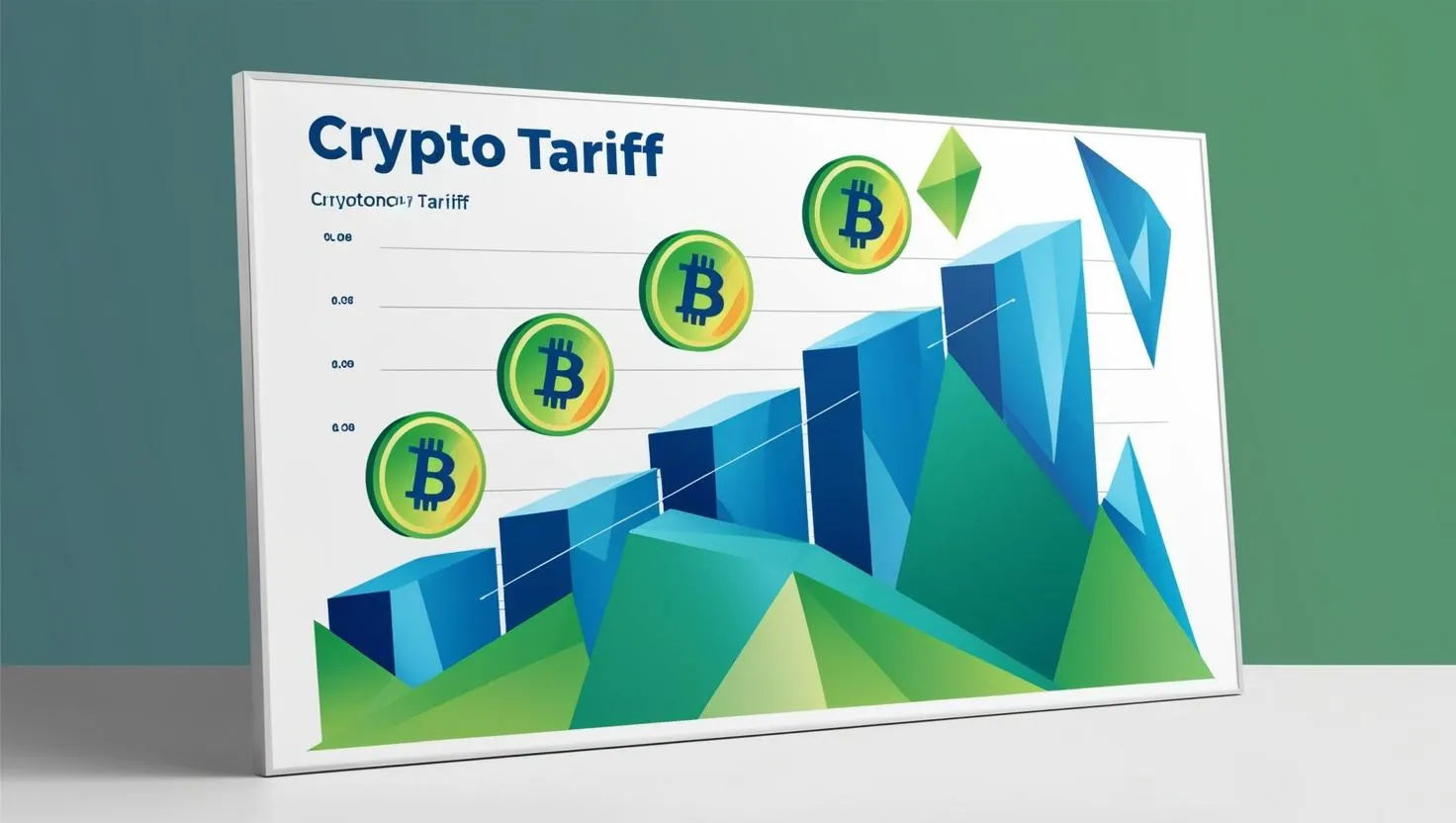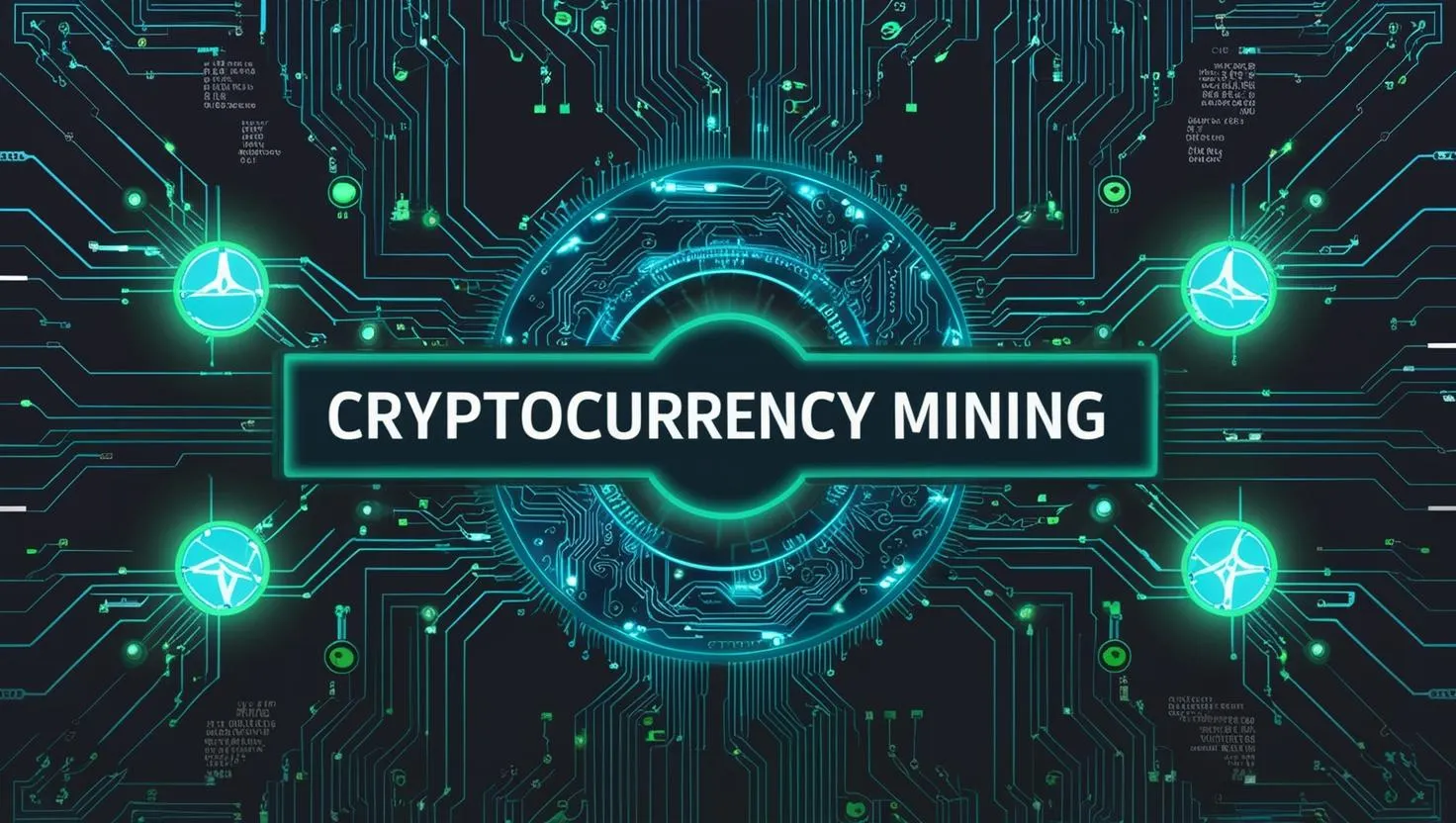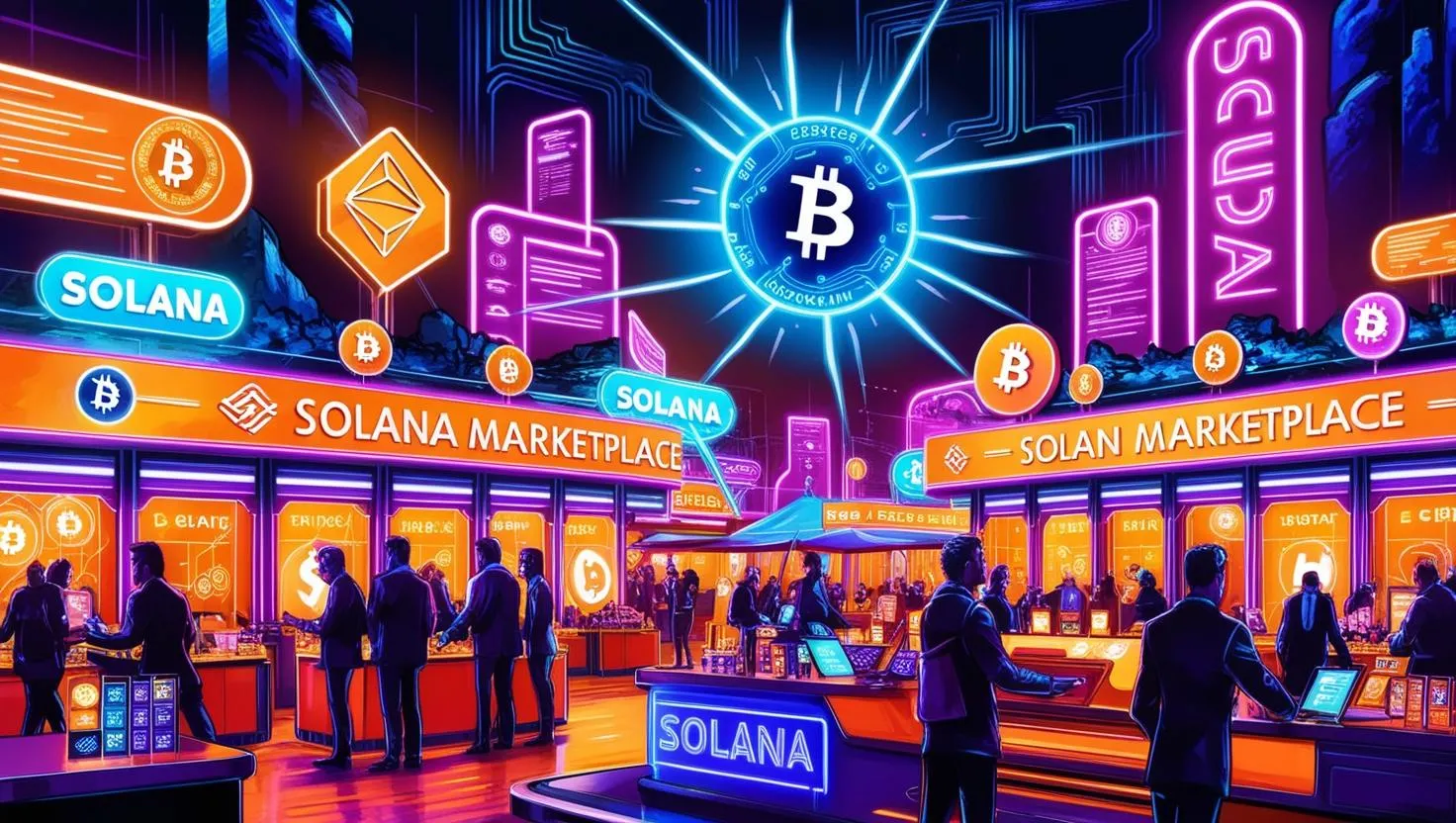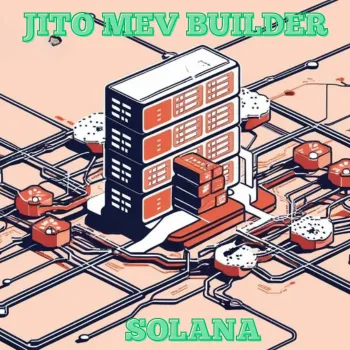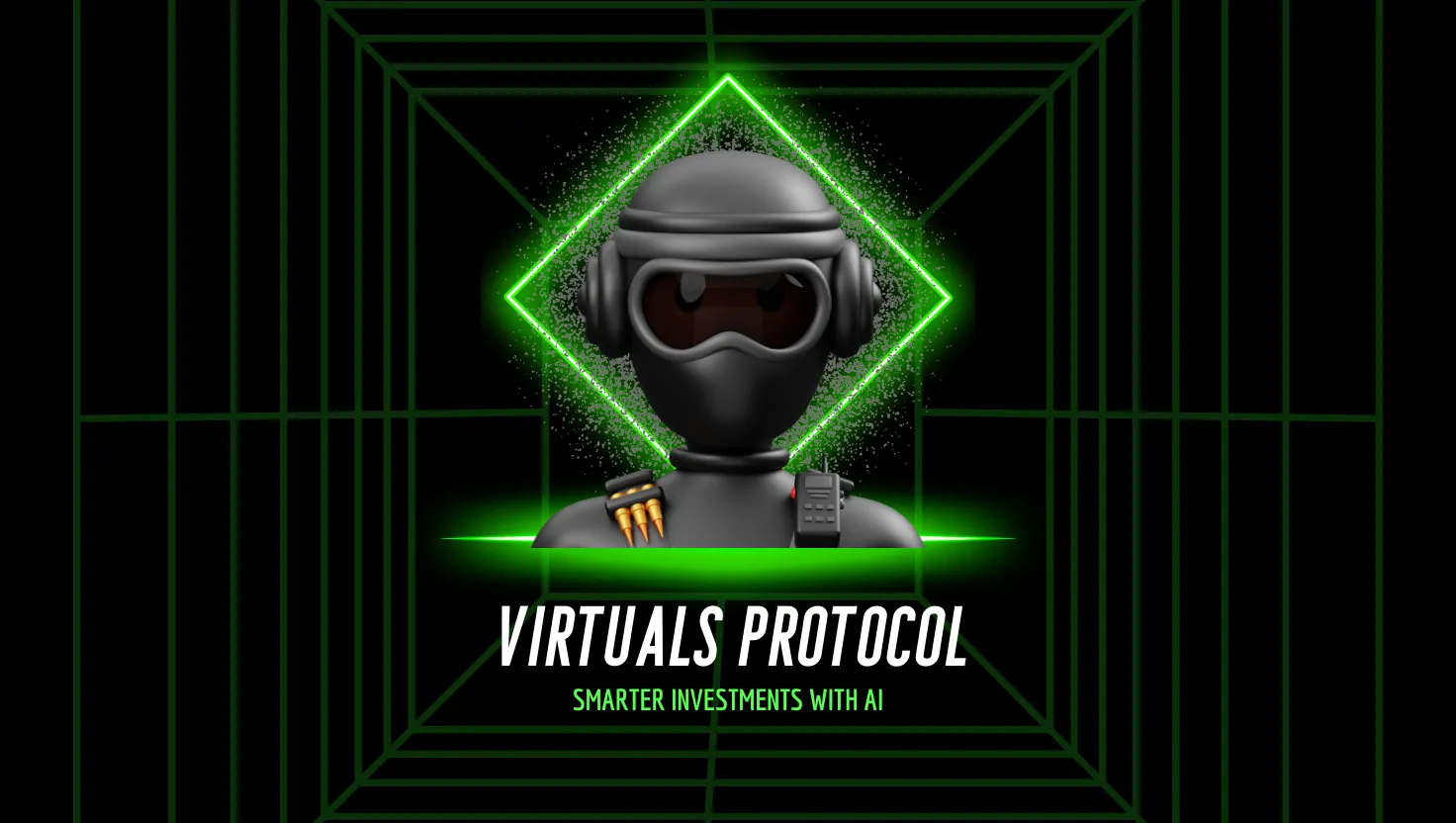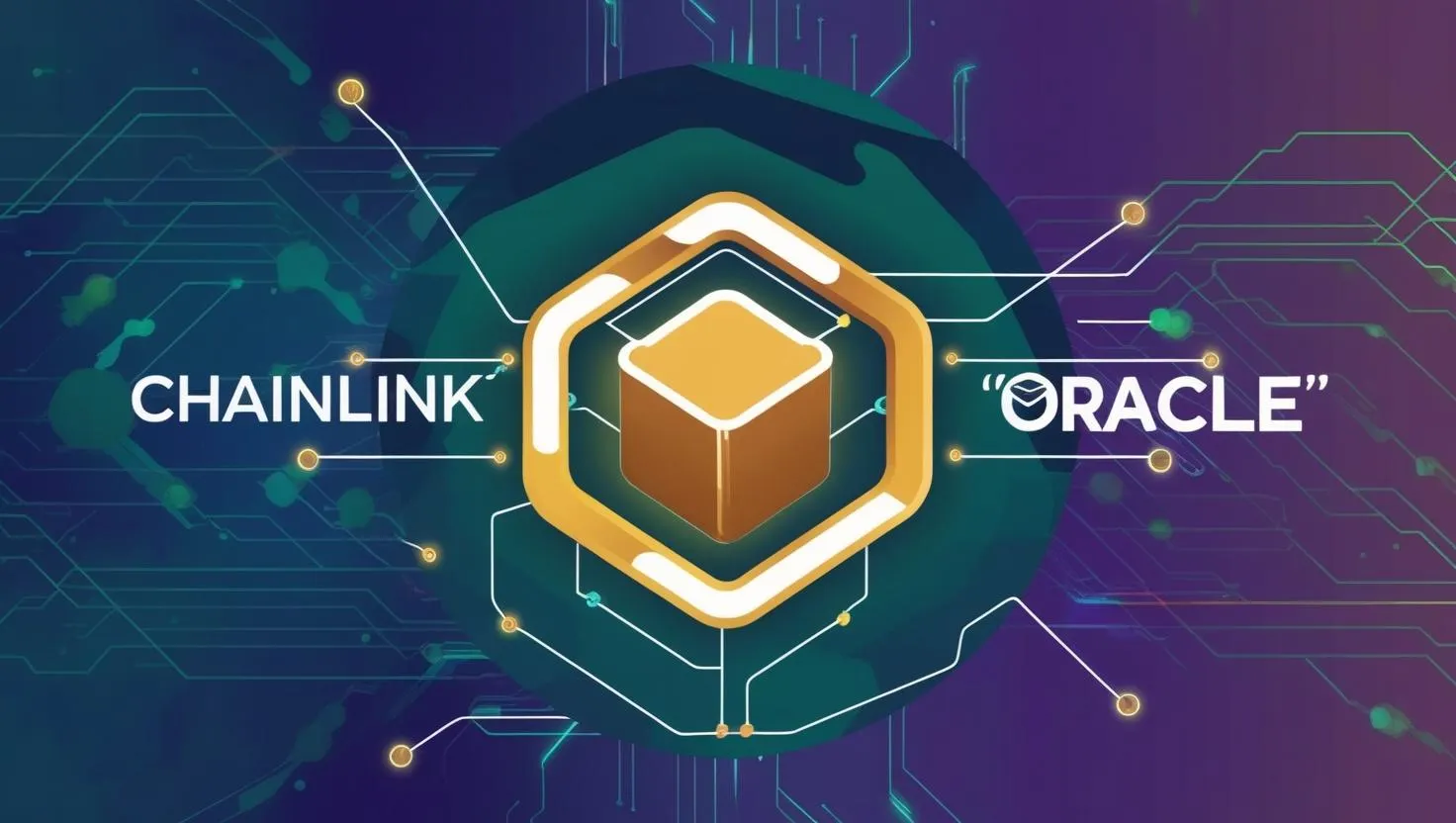The Fastest Blockchain in 2025: A Deep Dive into Solana and Its Rivals.
In the ever-evolving world of blockchain technology, speed is king. Whether you're trading NFTs, settling DeFi transactions, or building the next big Web3 app, a blockchain's ability to process transactions quickly and cheaply can make or break its adoption. But which blockchain holds the crown as the fastest in 2025? Spoiler alert: Solana leads the pack with its blistering performance, but competitors like Aptos, Sui, and TON are hot on its heels. In this article, we’ll unpack what makes Solana so fast, explore its innovative tech, and compare it to other speed demons in the space. Buckle up for a deep dive into the world of high-throughput blockchains!
Why Speed Matters in Blockchain
Before we crown a champion, let’s talk about why speed is critical. Blockchain speed is measured in transactions per second (TPS)—how many transfers, trades, or smart contract calls a network can handle—and latency, the time it takes for a transaction to be confirmed. High TPS and low latency mean faster apps, cheaper fees, and better user experiences. For context, traditional payment systems like Visa process 1,700 TPS, while older blockchains like Bitcoin (7 TPS) and Ethereum’s base layer (15–30 TPS) lag far behind modern needs.
In 2025, the demand for speed is driven by real-world use cases: decentralized exchanges handling thousands of trades, gaming platforms minting in-game assets, and even social apps processing microtransactions. The fastest blockchains aren’t just technical marvels—they’re the backbone of Web3’s growth.
Solana: The Speed King
Solana, a layer-1 blockchain launched in 2020, has earned its reputation as the fastest blockchain thanks to its ability to process 2,000–3,000 TPS in real-world conditions and up to 65,000 TPS in tests. Its secret? A suite of innovative technologies designed to maximize throughput while keeping costs low (think ~$0.00025 per transaction). Let’s break down what powers Solana’s speed.
Proof of History: A Built-In Clock
Most blockchains rely on nodes chatting back and forth to agree on the order of transactions—a process that slows things down. Solana’s Proof of History (PoH) flips this on its head. PoH acts like a cryptographic timestamp, letting validators know the exact sequence of events without constant communication. It’s like giving every transaction a pre-verified time slot, slashing delays.
This means Solana can confirm transactions in 400–600 milliseconds, with full finality (when a transaction is locked in for good) in about 12–15 seconds. Compare that to Ethereum’s minutes-long finality, and you see why Solana’s a game-changer.
Parallel Processing with Sealevel
Solana’s Sealevel runtime is another speed booster. Unlike older blockchains that process transactions one-by-one, Sealevel handles multiple transactions at once, as long as they don’t conflict (e.g., two unrelated wallet transfers). Imagine a highway with multiple lanes instead of a single-track road—Solana’s design lets it zoom past bottlenecks, making it ideal for busy DeFi platforms or NFT marketplaces.
Gulf Stream and Turbine: Clearing the Path
Solana’s Gulf Stream pre-forwards transactions to validators before the current block is done, keeping the pipeline flowing. Meanwhile, Turbine breaks data into tiny packets for efficient broadcasting, ensuring thousands of nodes stay in sync without clogging the network. These features let Solana scale gracefully, even during traffic spikes.
Cloudbreak and Pipelining: Optimizing Resources
Cloudbreak optimizes how validators read and write data, letting them handle massive transaction volumes without breaking a sweat. Pipelining splits validation into stages—like an assembly line—so tasks like fetching and verifying transactions happen in parallel. Together, these keep Solana’s engine humming.
Real-World Performance
In practice, Solana delivers. During high-demand events like 2021’s NFT minting frenzy, it hit ~3,000 TPS with minimal hiccups. Its theoretical max? A jaw-dropping 710,000 TPS, though real-world conditions (network congestion, validator performance) keep it lower. Fees stay dirt-cheap, and while Solana faced outages in its early days (2021–2022), upgrades like QUIC and stake-weighted scheduling have made it rock-solid in 2024–2025.
The Catch
No blockchain is perfect. Solana’s speed comes with trade-offs:
- High Hardware Needs: Validators require beefy machines (12-core CPUs, 128GB RAM), which could centralize control. With ~2,000 validators globally, it’s less decentralized than Ethereum’s ~1M nodes.
- Data Growth: High TPS means tons of data—~1 petabyte per year. Compression and offloading to “archiver” nodes help, but it’s a challenge.
- Developer Learning Curve: Solana’s unique tech (like PoH) can be tricky for coders used to Ethereum’s simpler model, though tools like Anchor ease the pain.
Despite these, Solana’s vibrant ecosystem—spanning DeFi apps like Serum, NFT platforms like Magic Eden, and gaming projects—makes it a go-to for developers and users alike.
The Contenders: Aptos, Sui, TON, and Ethereum L2s
Solana’s not alone in the speed race. Let’s see how its rivals stack up in 2025.
Aptos: The Move-Powered Challenger
Aptos, born from Meta’s Diem project, boasts ~160,000 TPS in tests and ~1,000–2,000 TPS in practice. Its Block-STM engine processes transactions in parallel, similar to Solana, while its AptosBFT consensus ensures quick agreement. Confirmations take ~0.5–1 second, with finality in ~2–4 seconds.
Why It Shines: Lower hardware demands than Solana and a developer-friendly Move language.
Why It Lags: A smaller ecosystem and less real-world stress-testing. Sui: The Object-Oriented Speedster
Sui, another Diem offspring, hits ~297,000 TPS in tests and ~1,500 TPS live. Is it a trick? Treating assets as unique “objects,” so unrelated transactions (like two players trading in a game) process independently. The Narwhal-Bullshark consensus delivers confirmations in ~0.4–0.8 seconds and finality in ~2 seconds.
Why It Shines: Scales with more validators; perfect for gaming and NFTs.
Why It Lags: Complex for developers; ecosystem still maturing. TON: Telegram’s Transaction Titan
The Open Network (TON), tied to Telegram, claims ~100,000 TPS but averages ~500–1,000 TPS in apps like Telegram’s mini-games. Its sharded design splits work across sub-chains, with asynchronous processing for speed. Confirmations take ~1–5 seconds, but finality varies by shard.
Why It Shines: Massive Telegram user base; great for microtransactions.
Why It Lags: Sharding adds complexity; concerns about validator control. Ethereum with Layer-2s: The Ecosystem Giant
Ethereum’s base layer crawls at ~15–30 TPS, but layer-2 rollups (e.g., Arbitrum, Optimism) hit ~2,000–10,000 TPS combined. Rollups batch transactions off-chain, settling on Ethereum for security. With 2024’s Danksharding upgrade, L2s are faster than ever, confirming in ~0.1–1 second, though L1 finality takes ~12–15 minutes.
Why It Shines: Unrivaled ecosystem; top-notch security.
Why It Lags: L2s split liquidity; not a single-chain solution. Why Solana Wins (For Now)
In 2025, Solana’s the fastest blockchain for most practical purposes. Its real-world TPS, low latency, and battle-tested network outpace Aptos and Sui, which are still growing their ecosystems. TON’s user base is massive, but its sharding and centralization risks hold it back. Ethereum’s L2s are powerful, but they’re a fragmented solution compared to Solana’s unified chain.
Still, the race is tight. Aptos and Sui’s designs could shine as their ecosystems mature, and Ethereum’s rollups keep closing the gap. The “fastest” blockchain depends on your needs:
- DeFi or NFTs? Solana’s your best bet for speed and cost.
- Gaming? Sui’s object model is tailor-made.
- Microtransactions? TON’s Telegram integration is unmatched.
- Security First? Ethereum L2s leverage the strongest base layer.
What’s Next for Blockchain Speed?
The quest for speed isn’t slowing down. As blockchains scale, we’ll see TPS numbers climb, latencies shrink, and new trade-offs emerge. Solana’s innovations—like PoH and parallel processing—have set a high bar, but rivals are learning fast. By 2026, we could see a new leader, especially if Aptos or Sui hit their stride or Ethereum’s L2s consolidate.
Want to stay ahead of the curve? Keep an eye on validator growth, ecosystem adoption, and real-world stress tests. Speed’s only half the story—usability, security, and decentralization will shape the winners in Web3’s future.
Curious about a specific blockchain or use case? Drop a comment, and I’ll dig deeper! For the latest updates, check out discussions on X or explore project docs at Solana.com, AptosLabs.com, or Sui.io.

